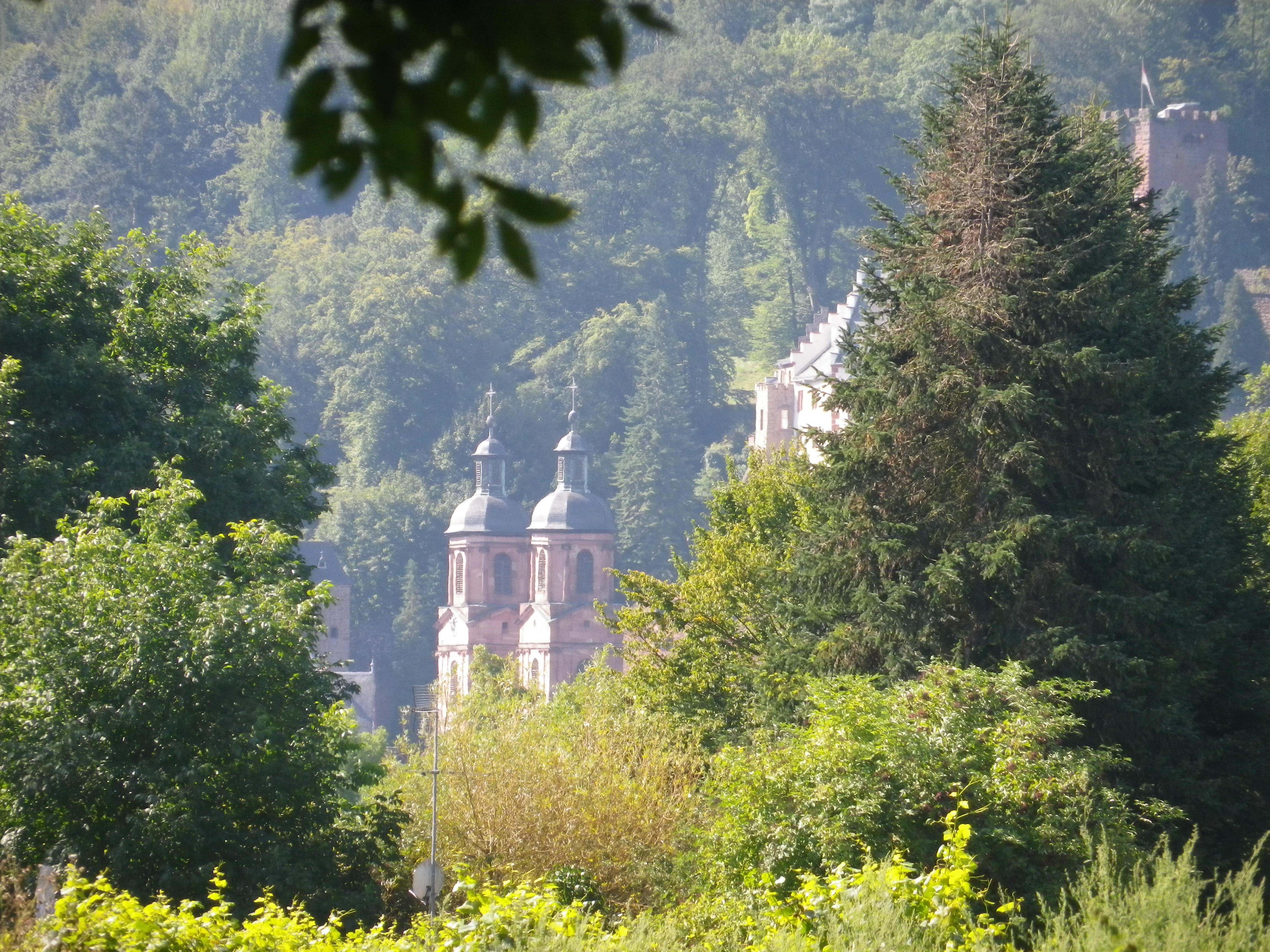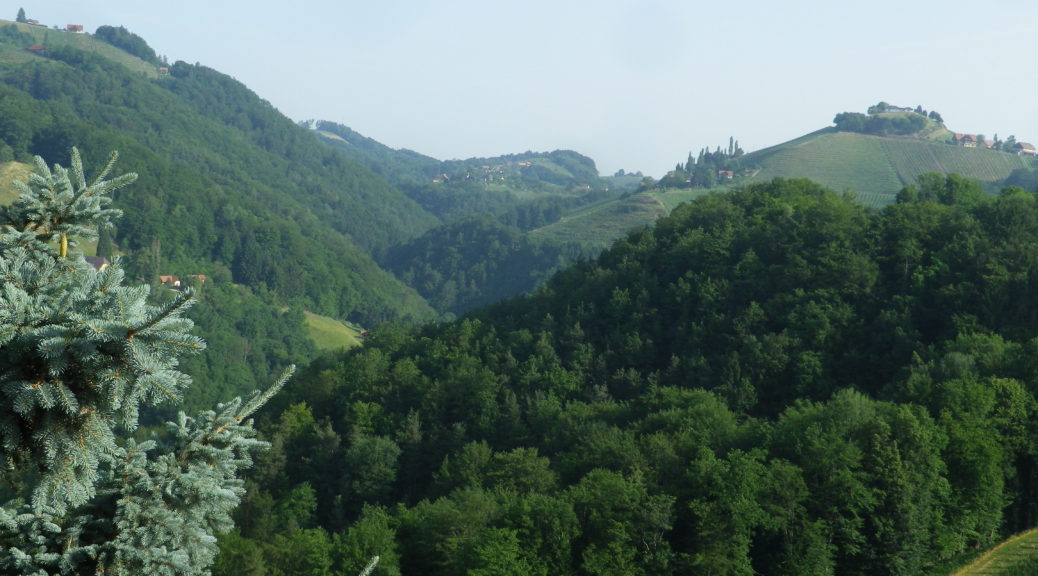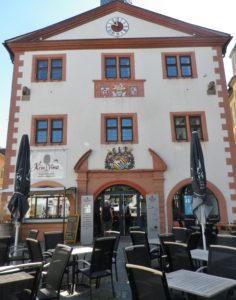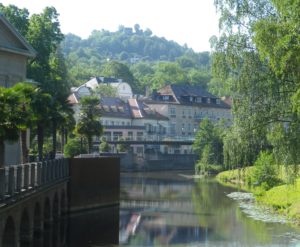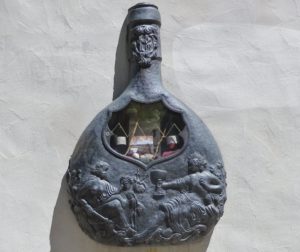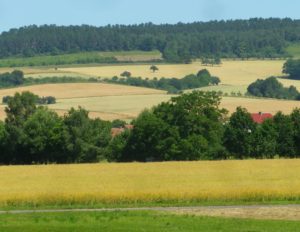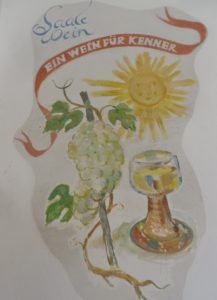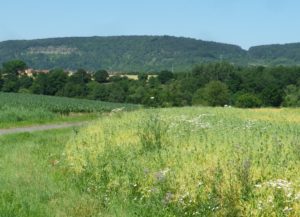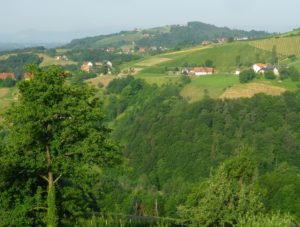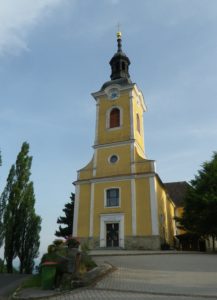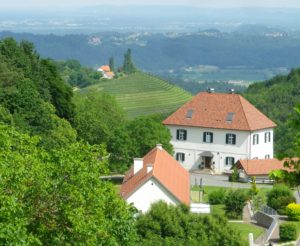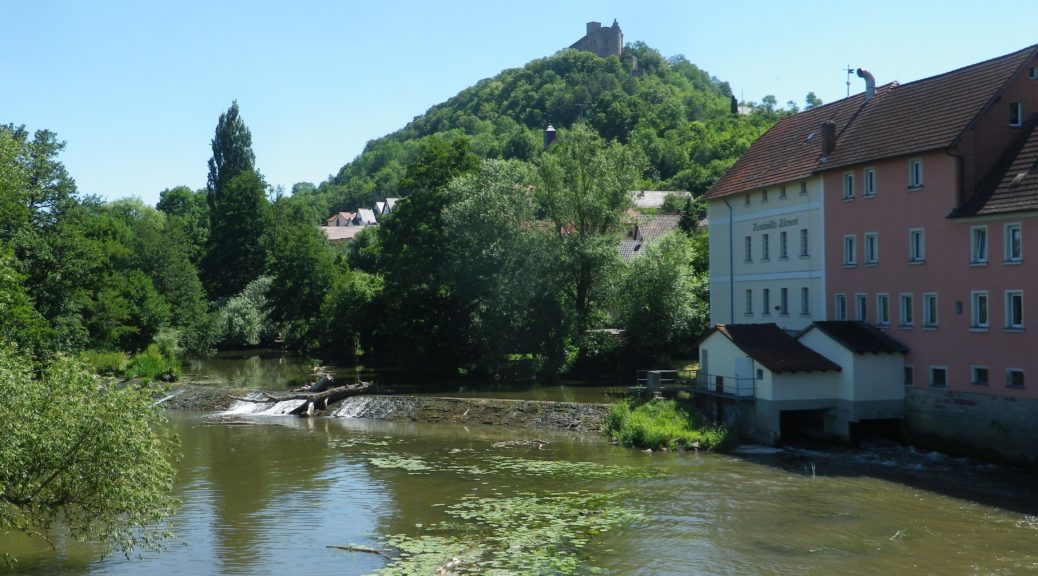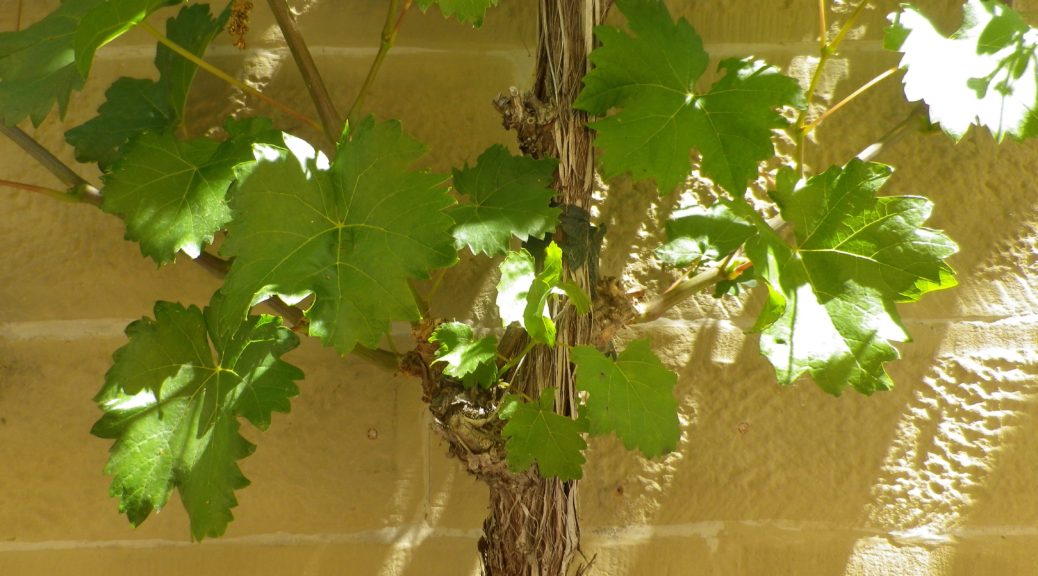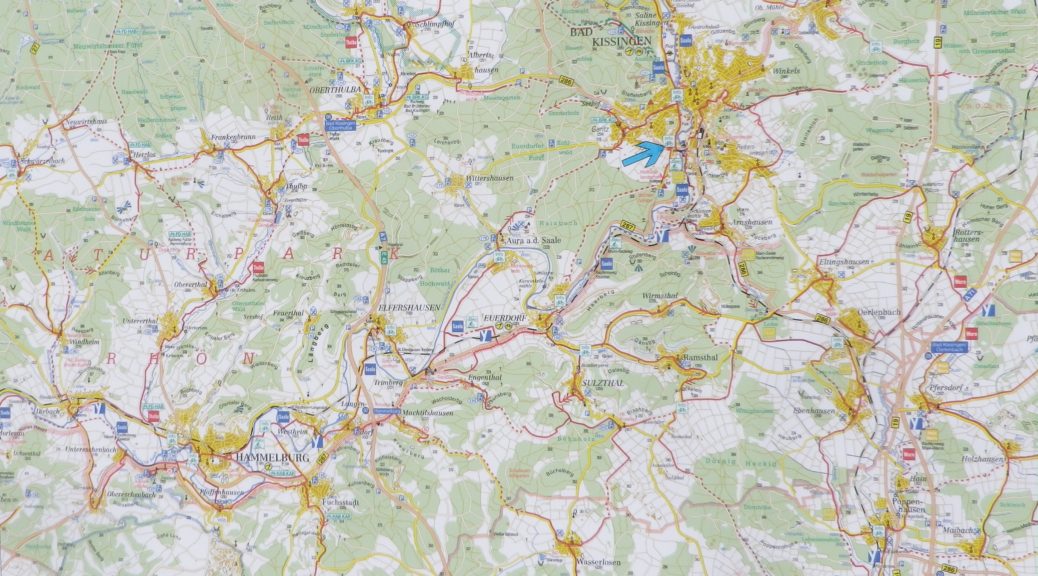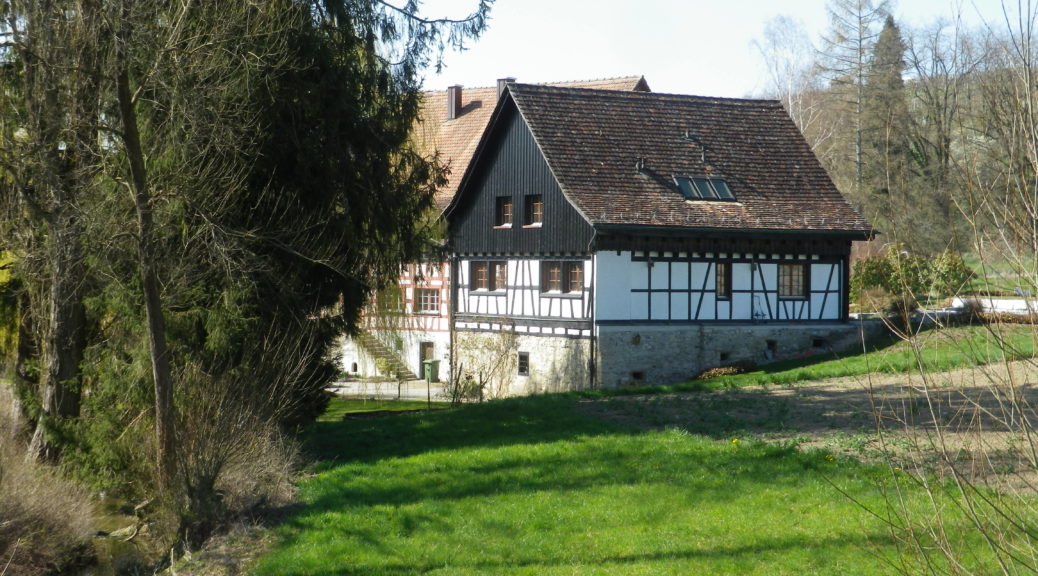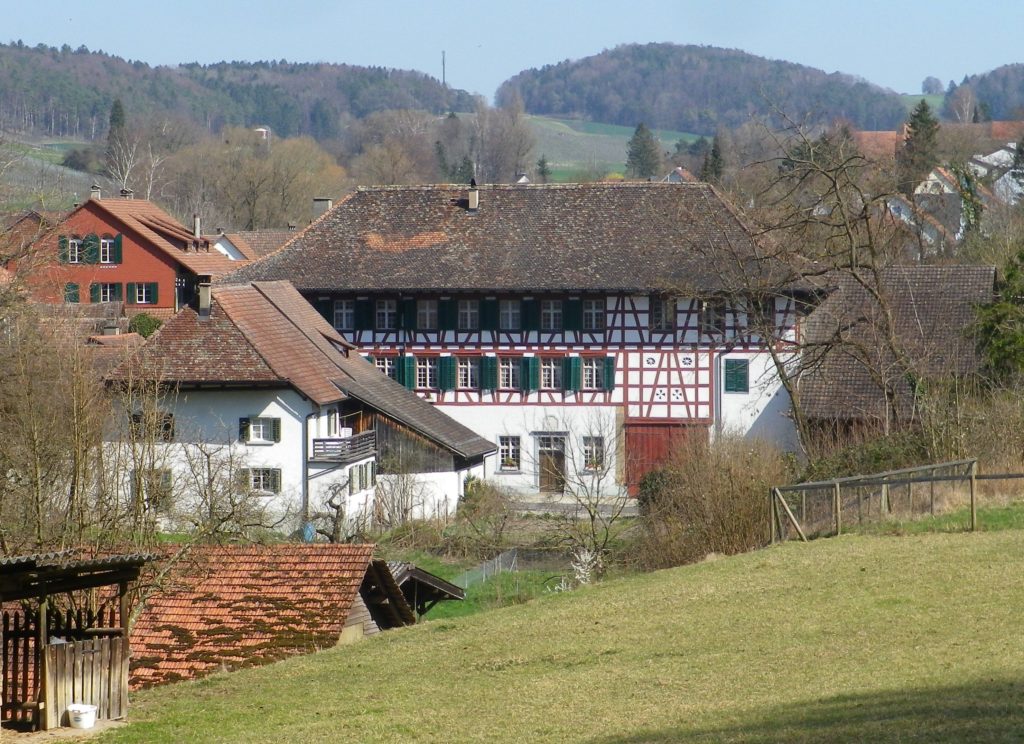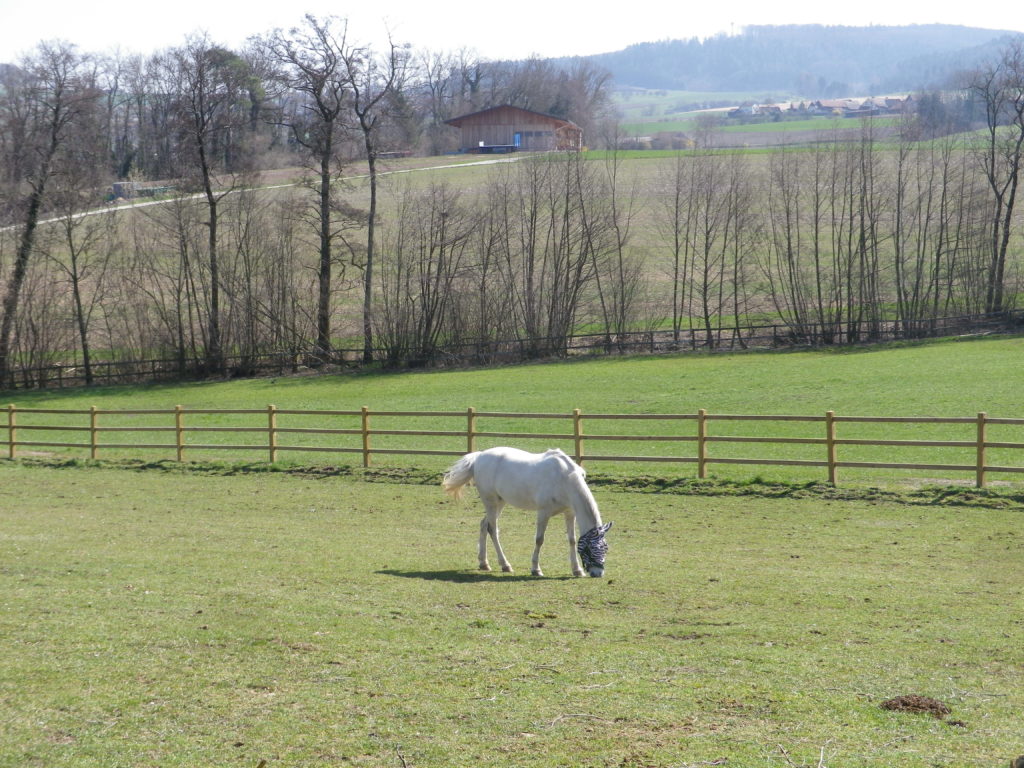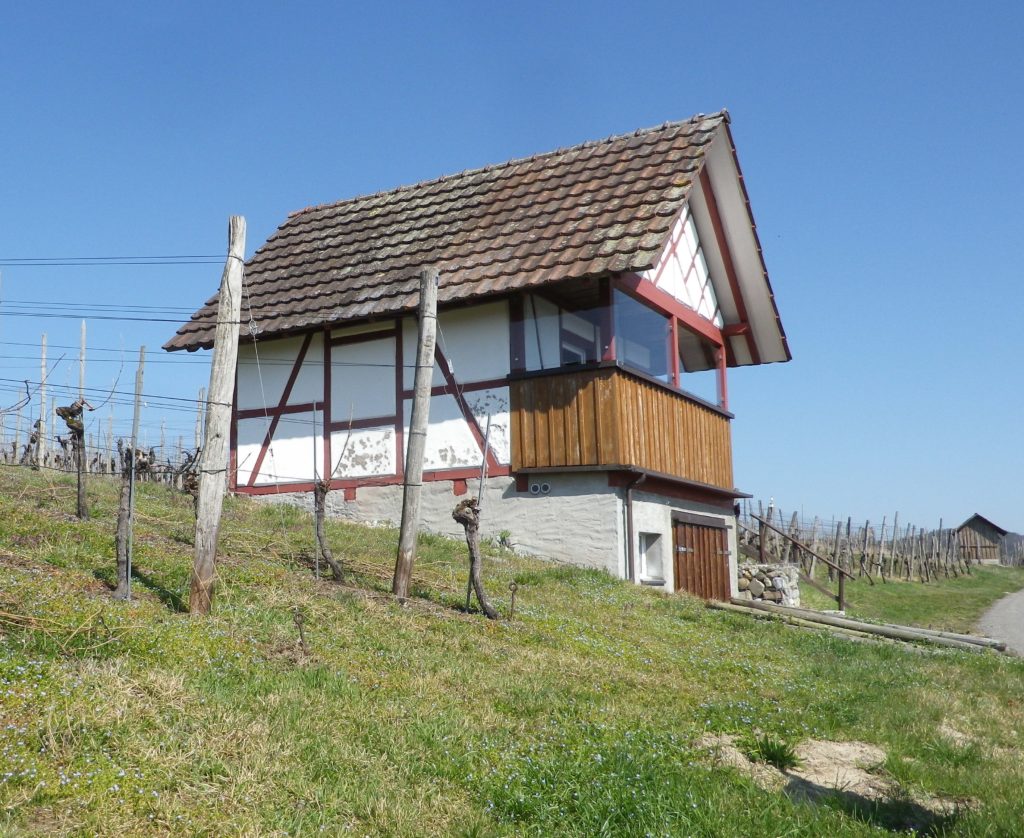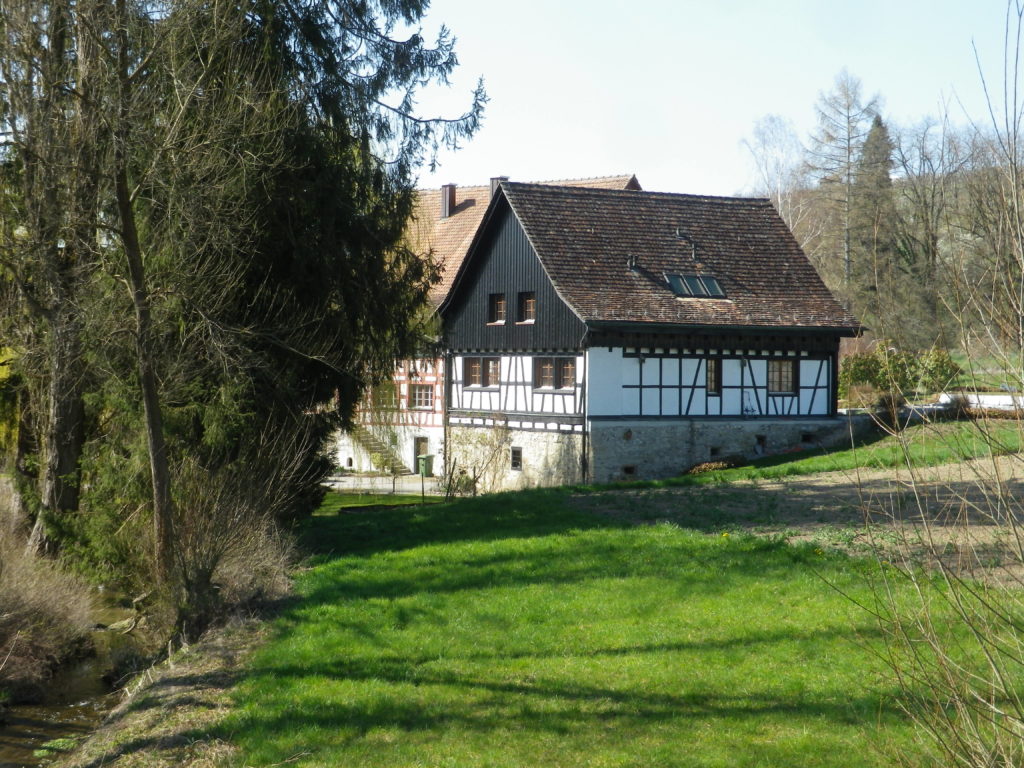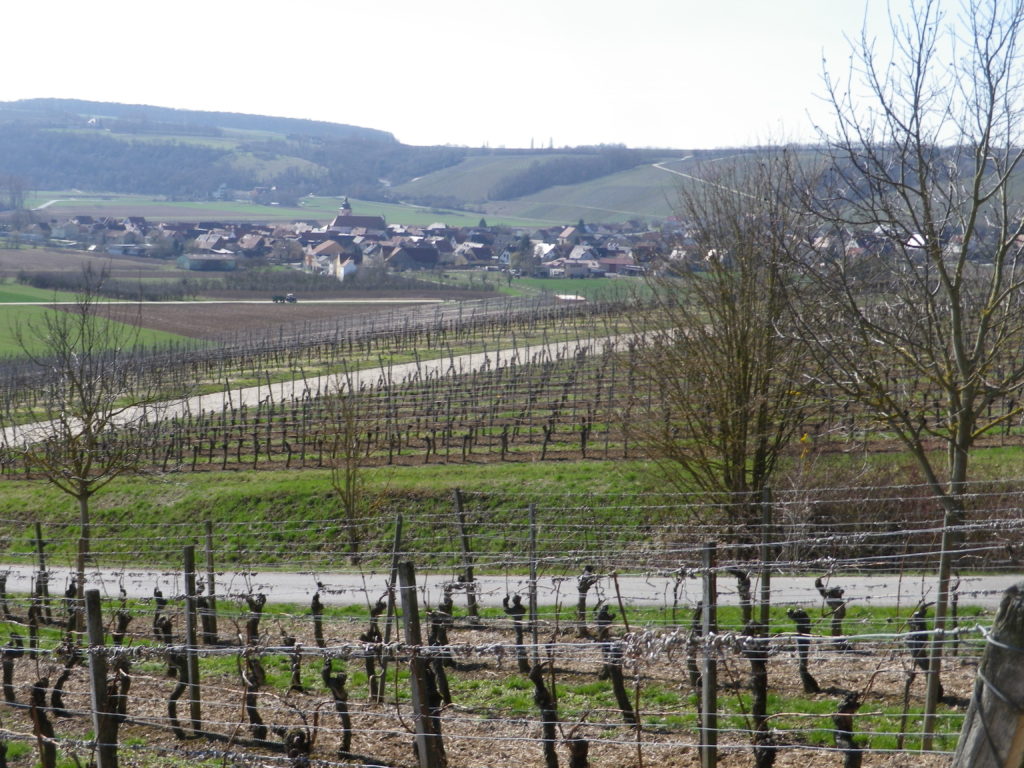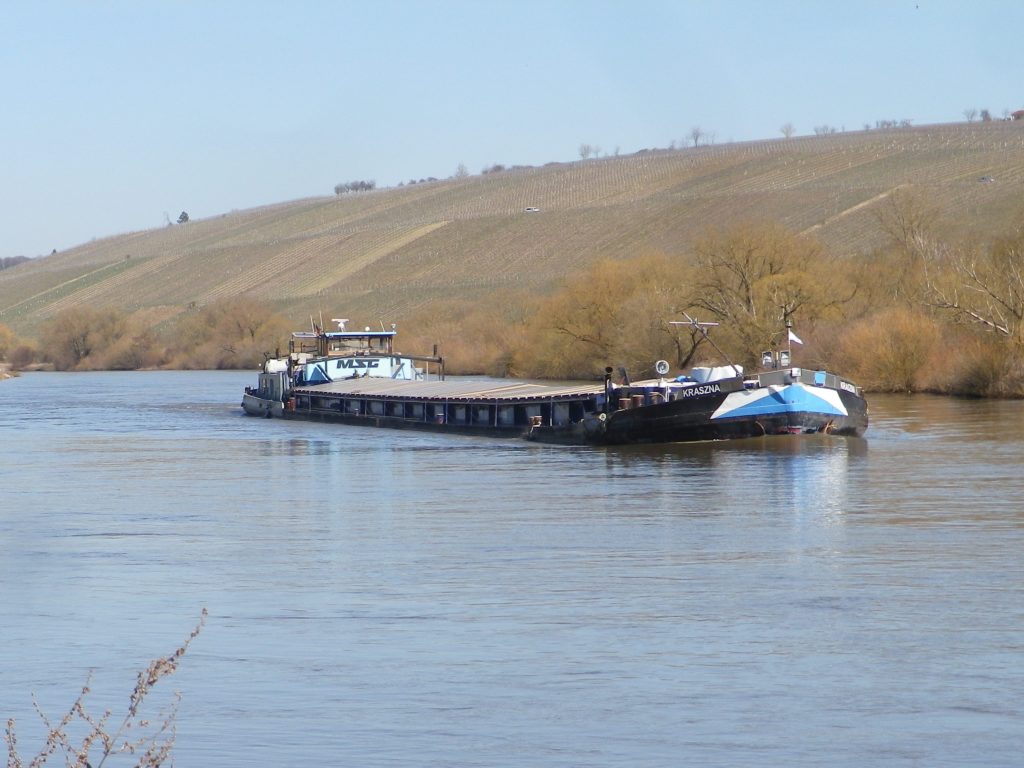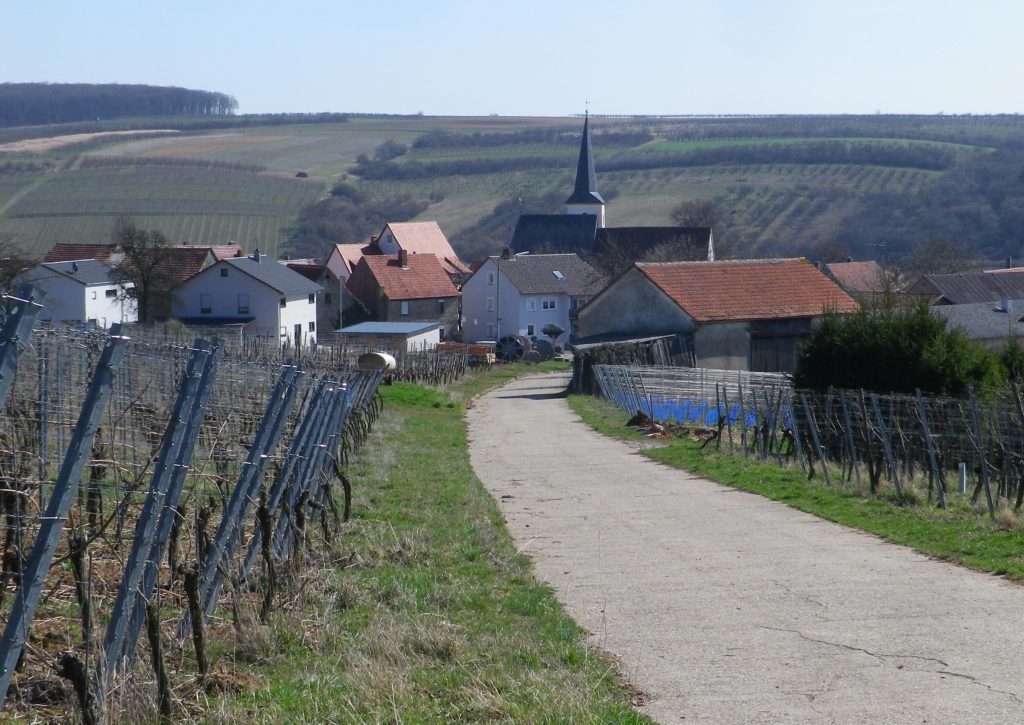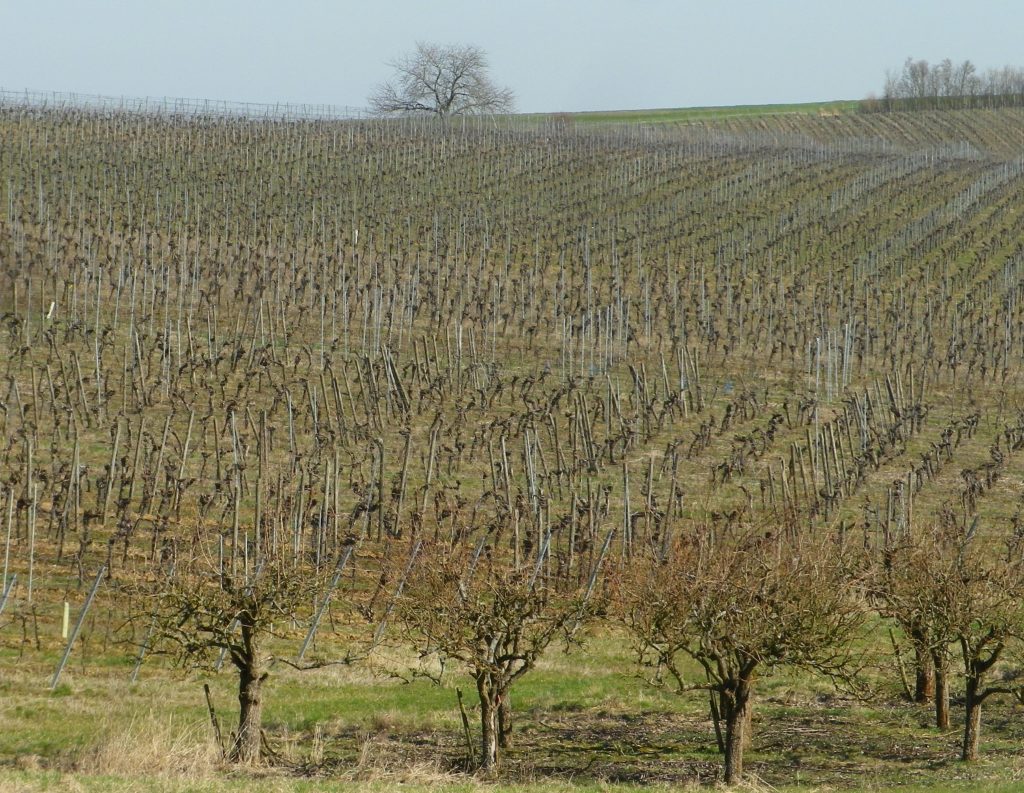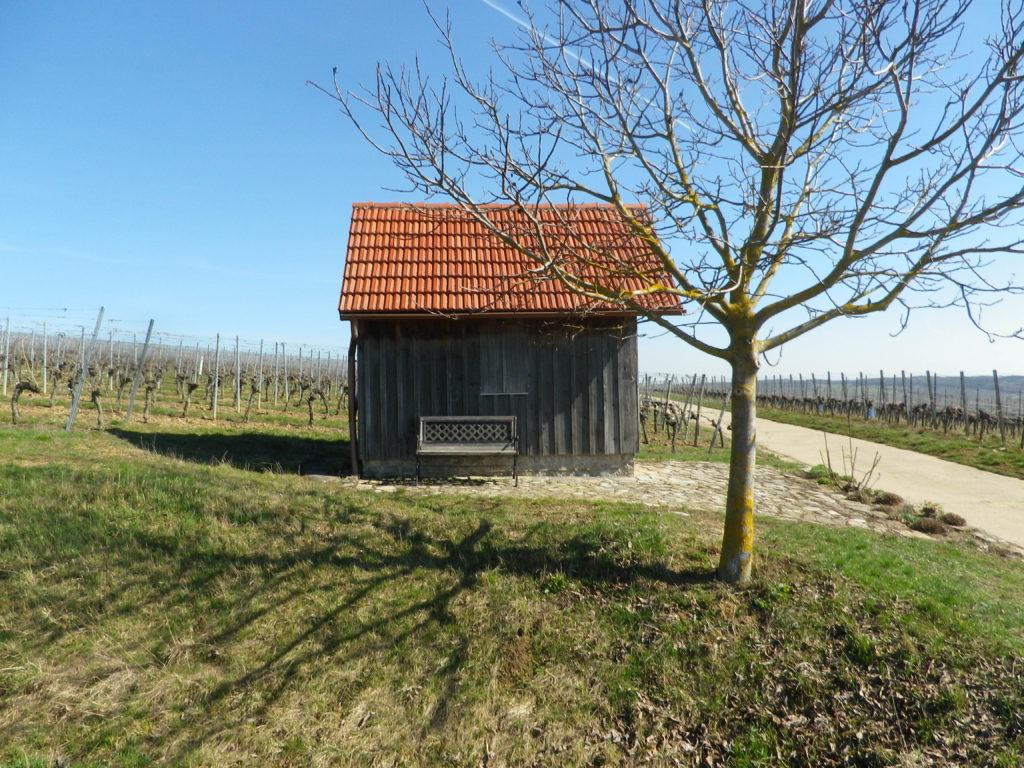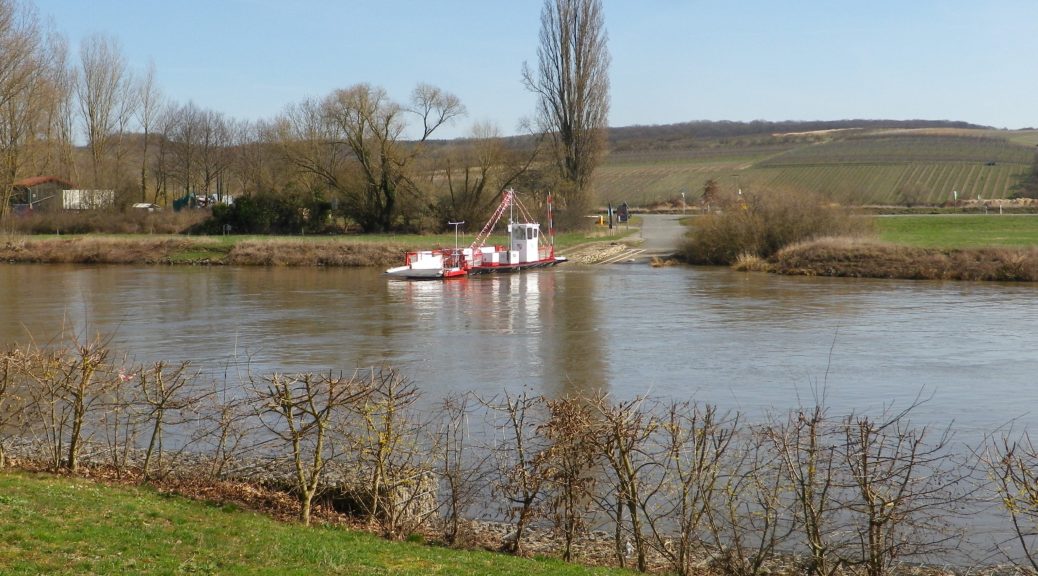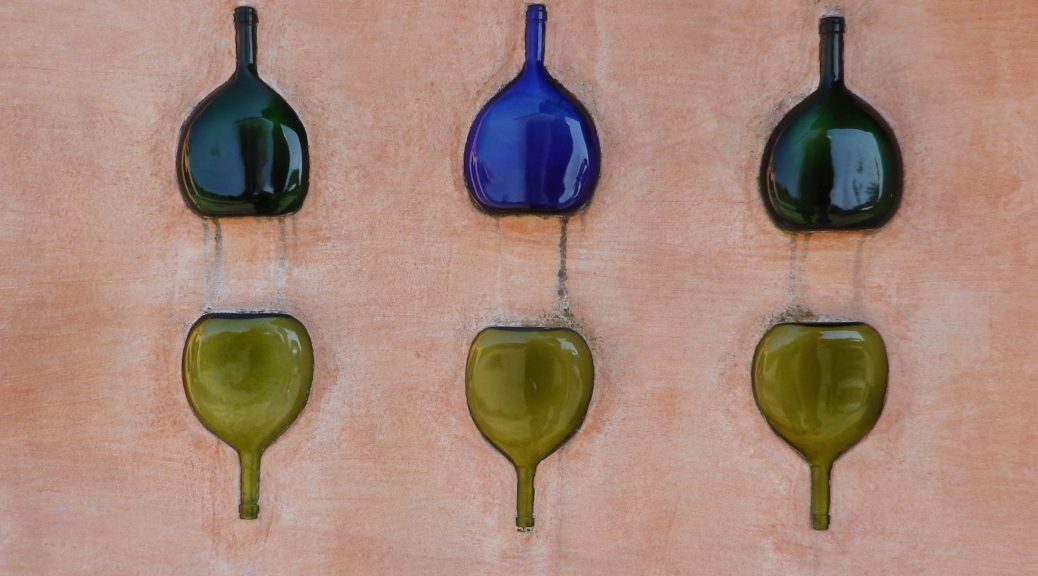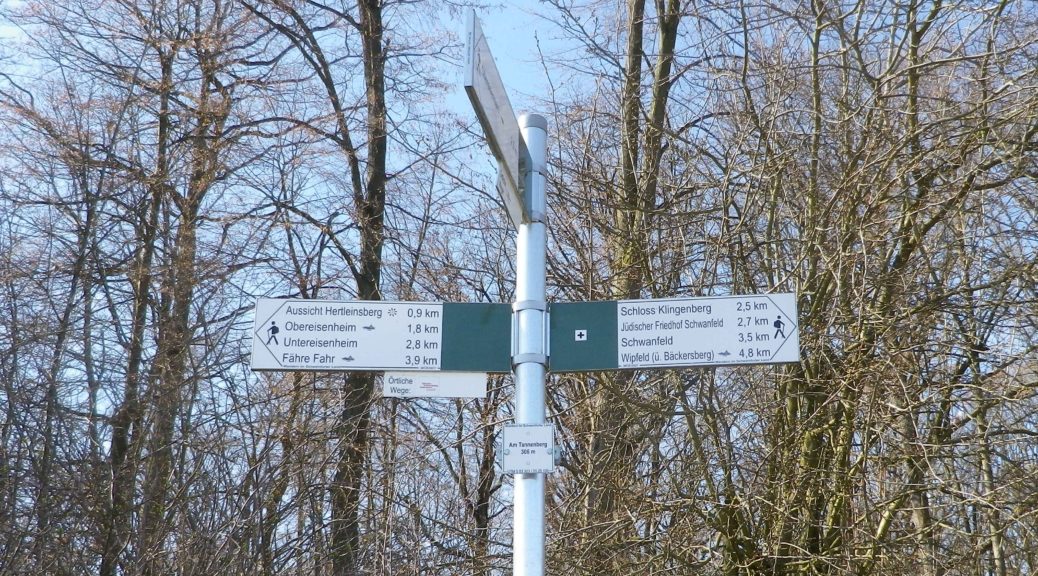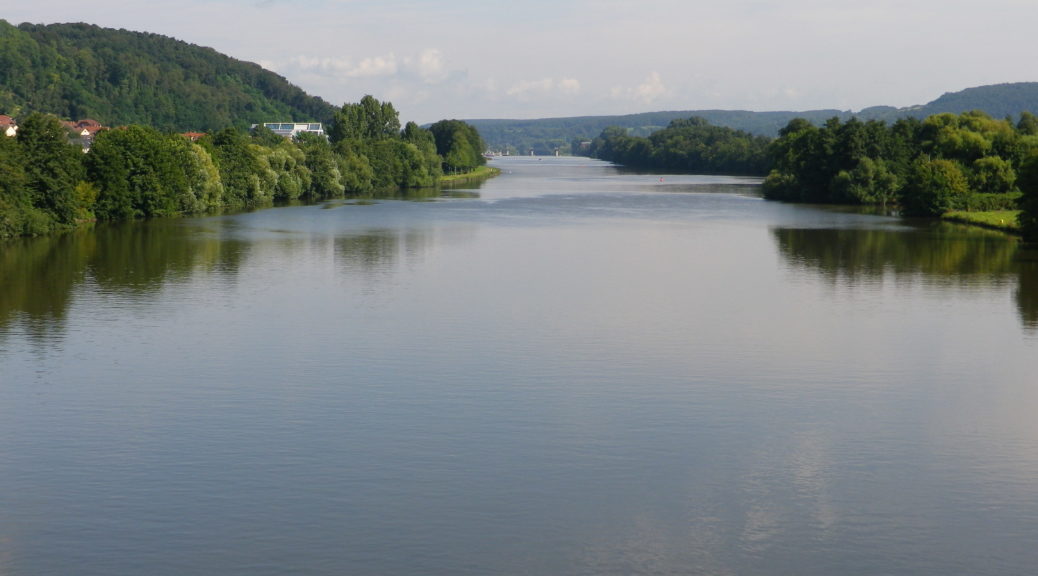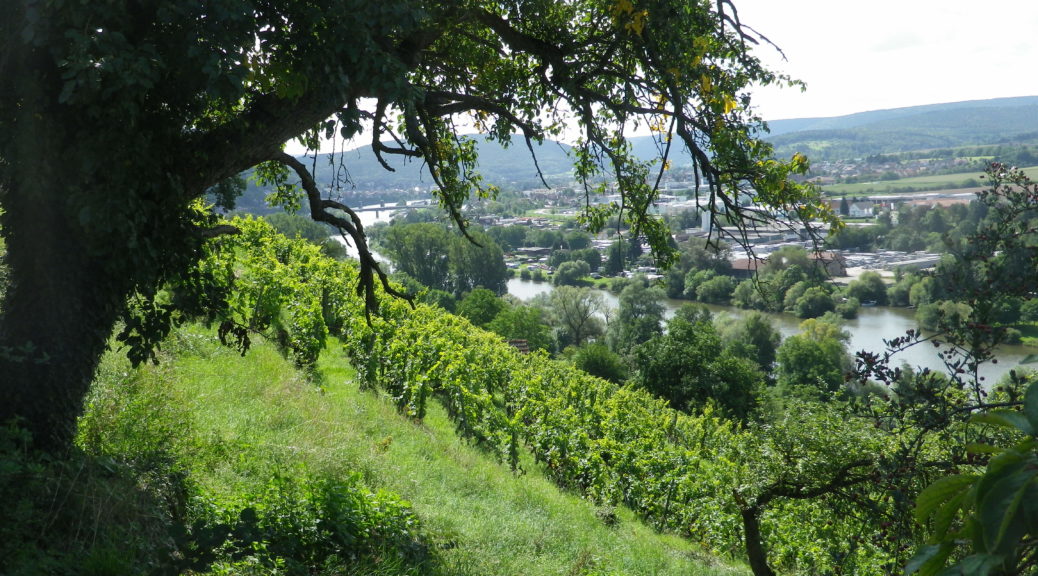Tag Archives: Franconia
Franconian Interlude
The Fraenkische Saale, a river flowing from near the Bavaria-Thüringen border to the Main River by Gemuenden am Main, is a jewel. Its quiet, gently flowing waters, offer low-key activities for families and friends along its shores, and on its waters, from hiking and biking to canoeing and rafting. This is an area famed for rest and relaxation, and there are several well-known spa towns along the river. From Bad Koenigshofen near its headwaters to Bad Neustadt, Bad Bocklet and Bad Kissingen, all are on the Fraenkische Saale as it heads to the Main. While the Main River is extremely well-known for its vineyards and wine, the Fraenkische Saale, connecting the wine districts of the Maindreieck and the Mainviereck, doesn’t do too badly either in that regard.
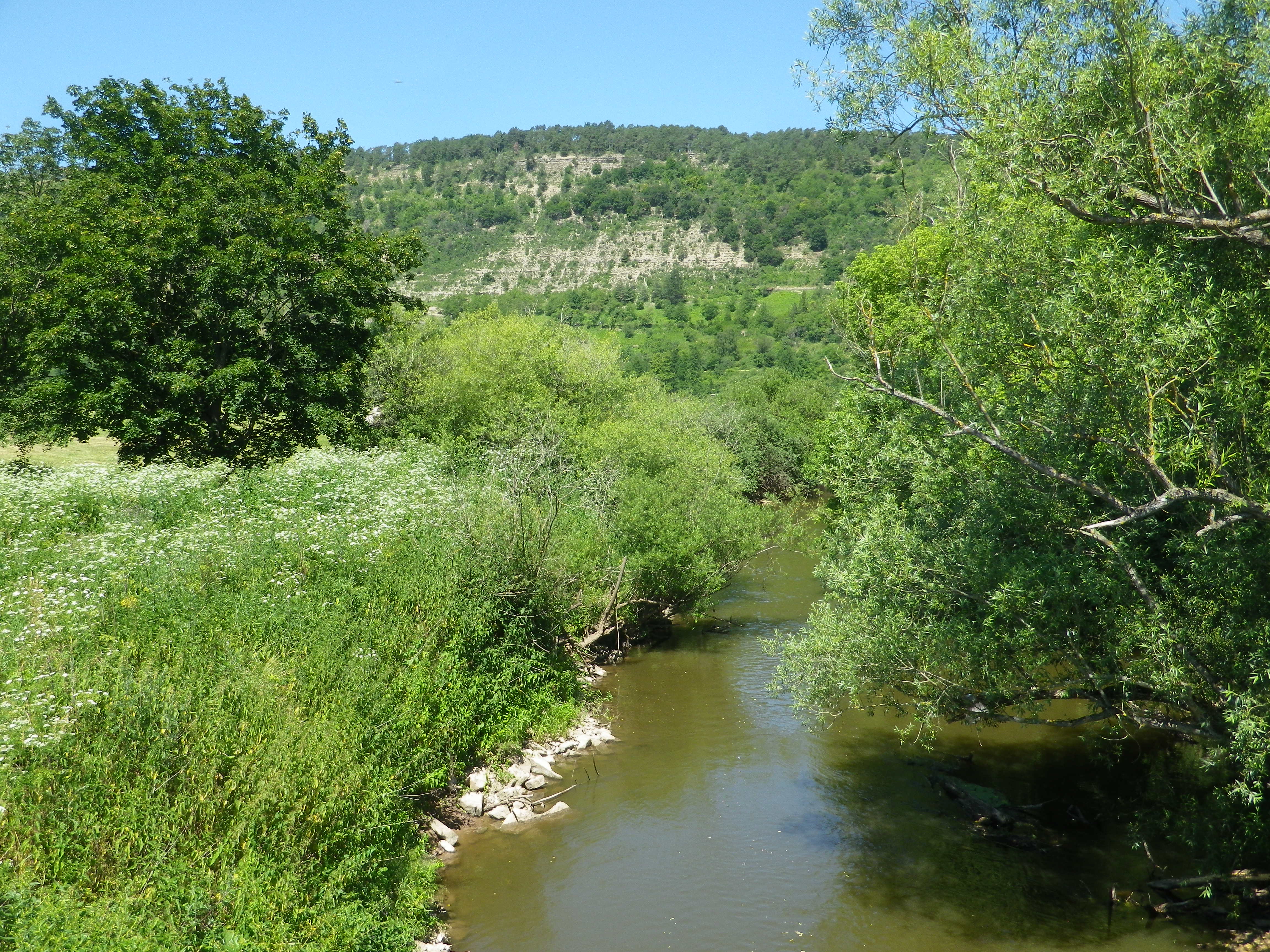
Part of the attraction for me was the opportunity to cycle along yet another river bicycle trail. Germany seems to excel in developing these trails, and the Fraenkische Saale Radweg (Bike Trail) was just another example of excellence in riverside cycling trails. The other part of the attraction for me was the chance to explore the terroir and the wines in relatively unknown wine corner of Franconia.
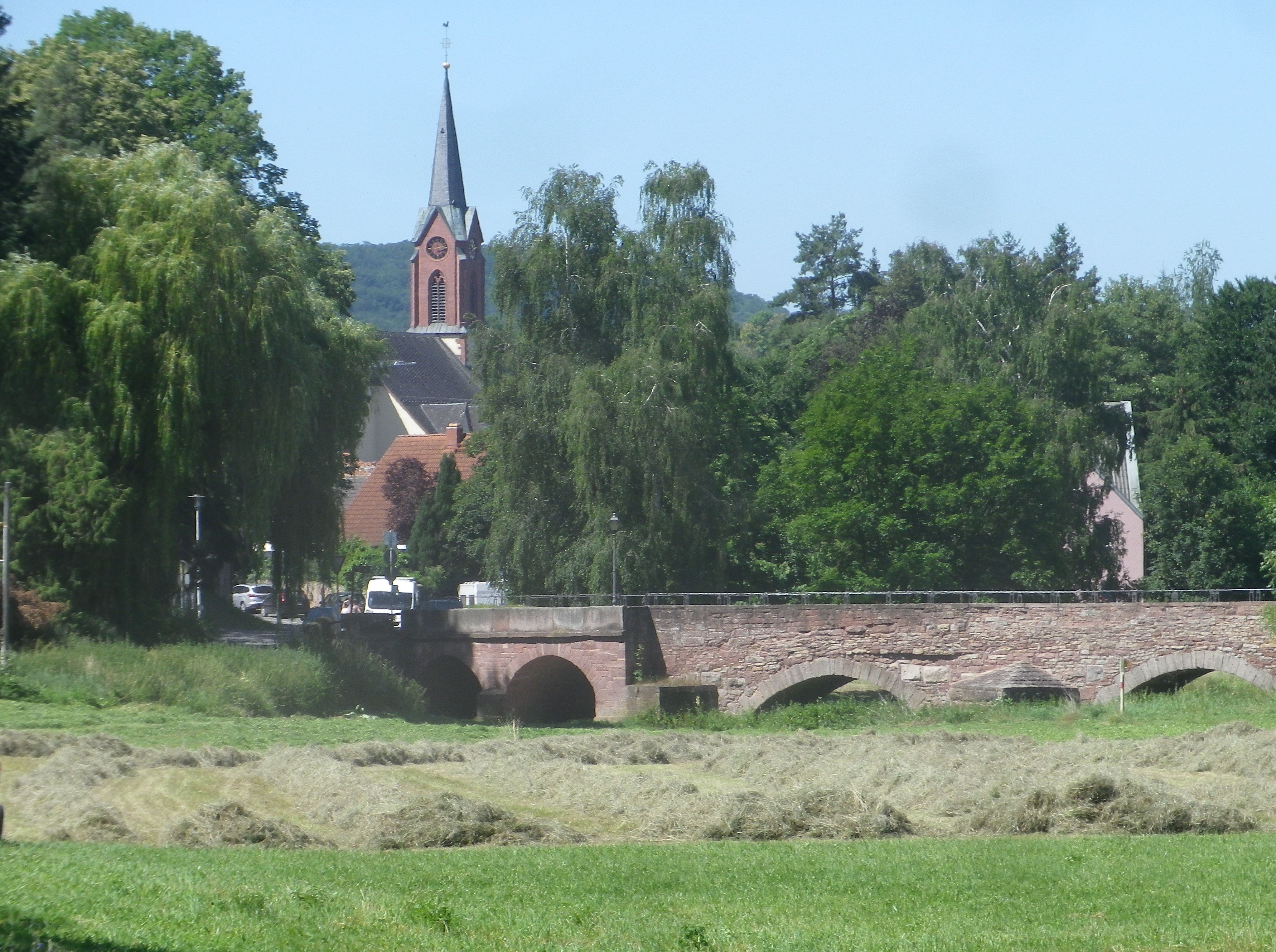
The Fraenkische Saale Radweg is about 125 kilometers, but the vineyards, Franconia’s and by extension Bavaria’s, concentrate in a short 28-kilometer-long stretch of the river and its side valleys. This made exploring them relatively easy work on a weekend. Hence, I decided to begin at Bad Kissingen, the northern and eastern-most point of my ride, one fine morning.
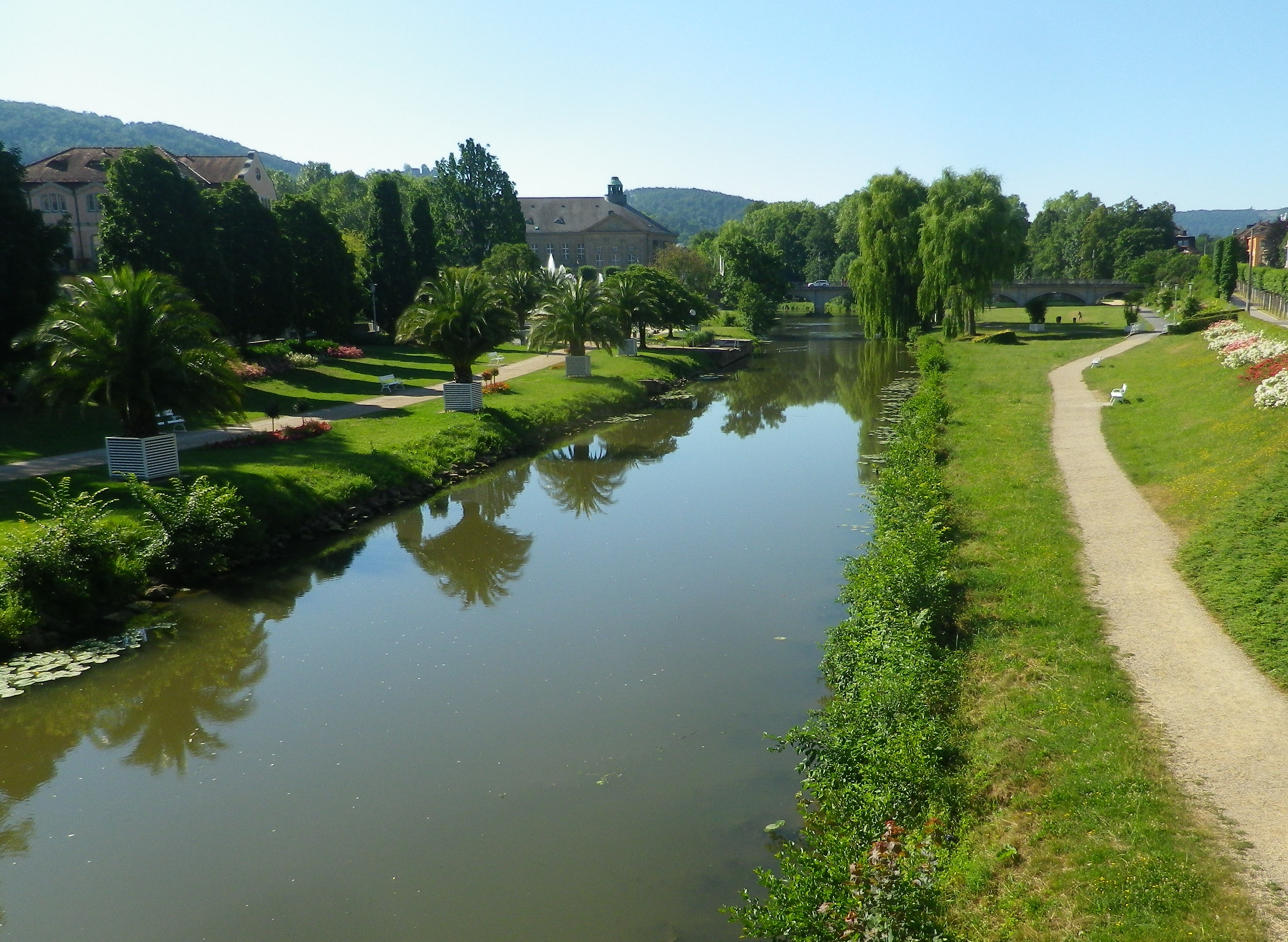
As a spa town, Bad Kissingen has a great variety of dining and lodging options to choose from. In addition, it is a lovely small town, with stately green spaces filled with curving paths along the river. The buildings are classic “German spa” and there is almost always something to attend, be it art exhibits, local festivals, or open-air concerts. I found it an excellent town to stage from, especially as the trail wove through its classic parks and gardens as it passed through town.
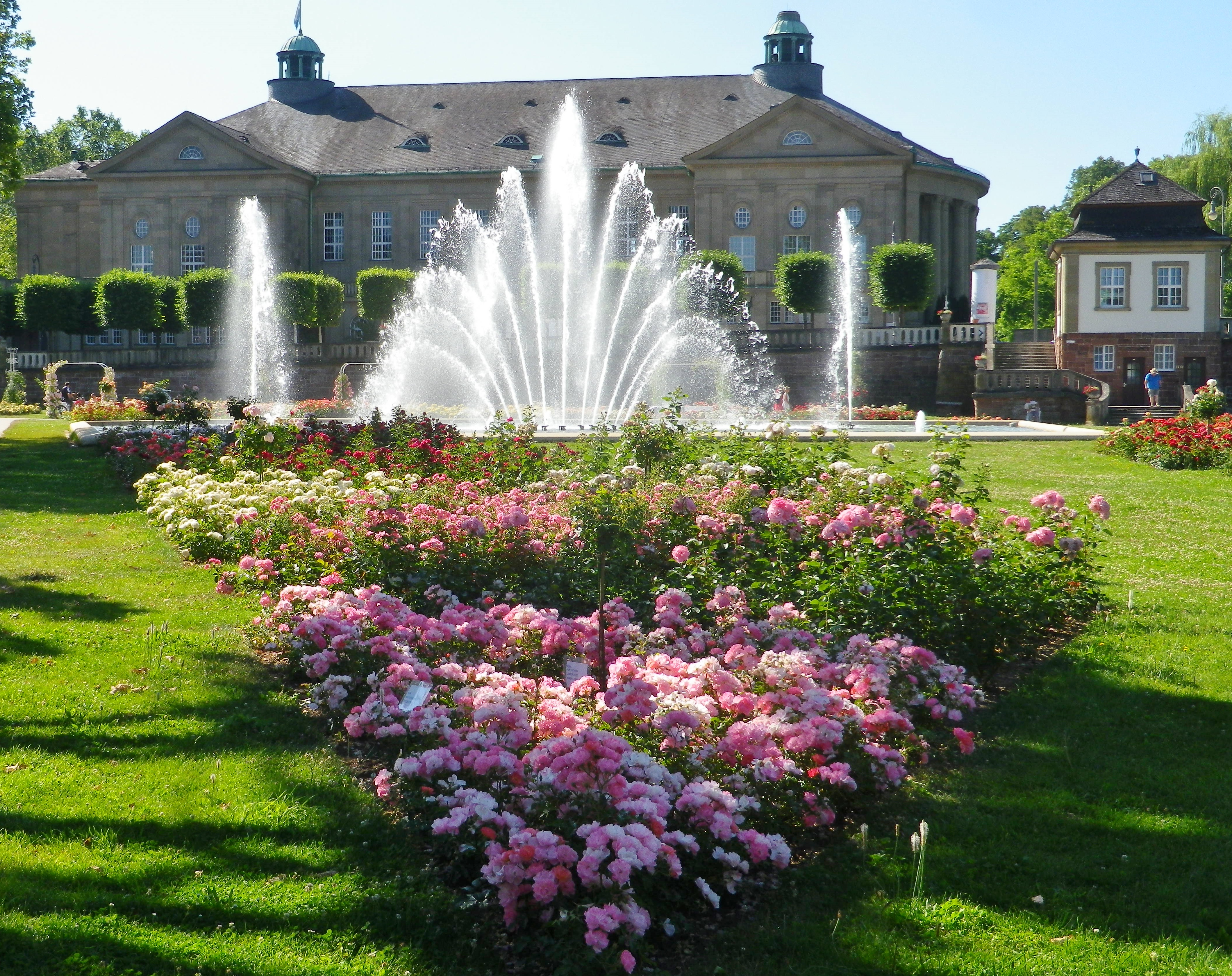
Once out of town, the trail led for a few kilometers through woods, then along fields bordering the river to Euerdorf. It proved a quiet interlude, with just nature for company. South of the Euerdorf the vineyards of Ramsthal begin.
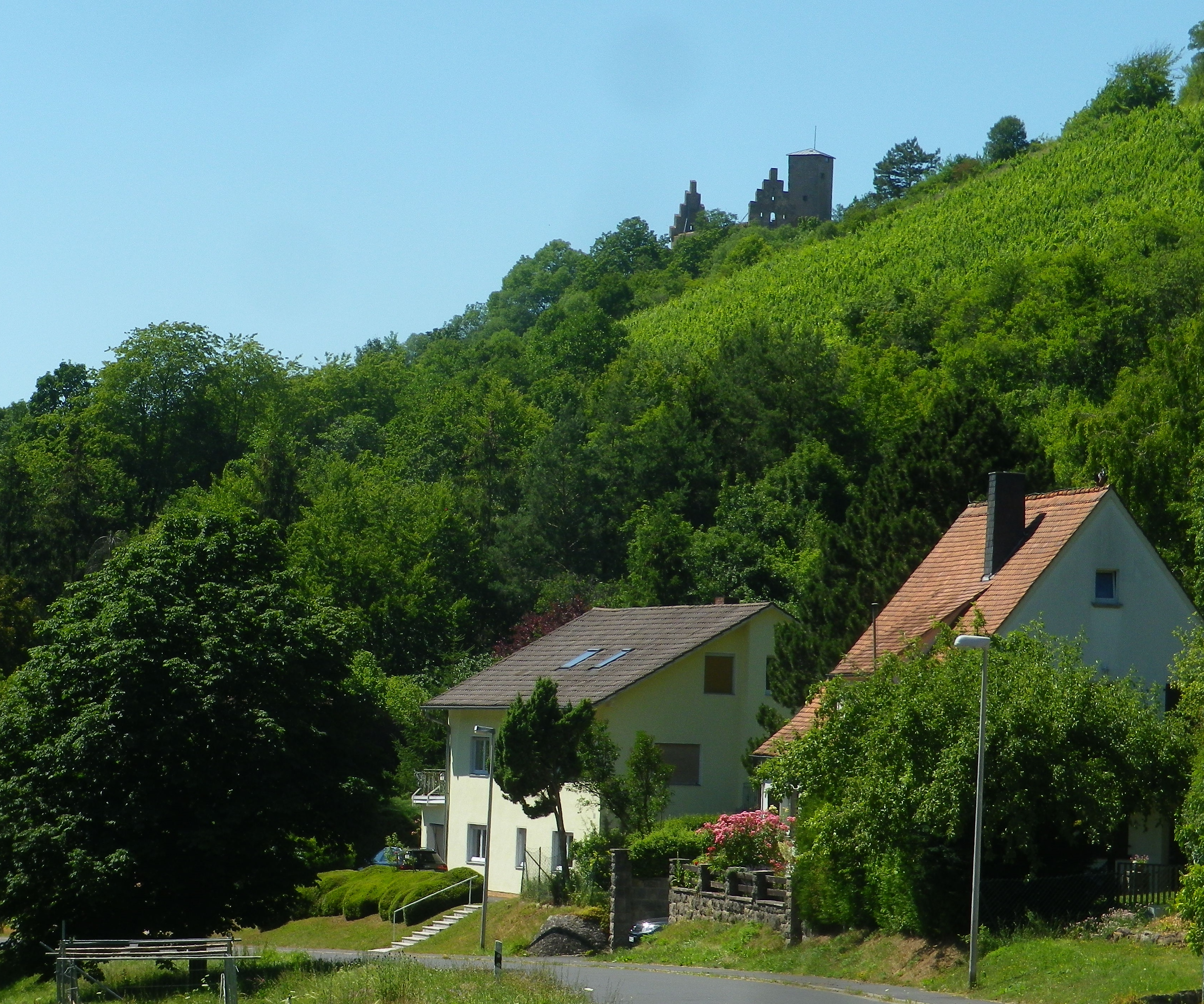
The river really does twist and turn. At Trimberg, there are more vineyards, and a castle ruin came into view. Here I crossed the river first time since leaving Bad Kissingen. But henceforth, the trail was constantly crossing the Fraenkische Saale on a series of well-maintained bridges, providing plenty of opportunities to photograph the picturesque little river. While this left me without a clear sense of where I was after so many river crossings, I was never lost, as the trail was so well marked.
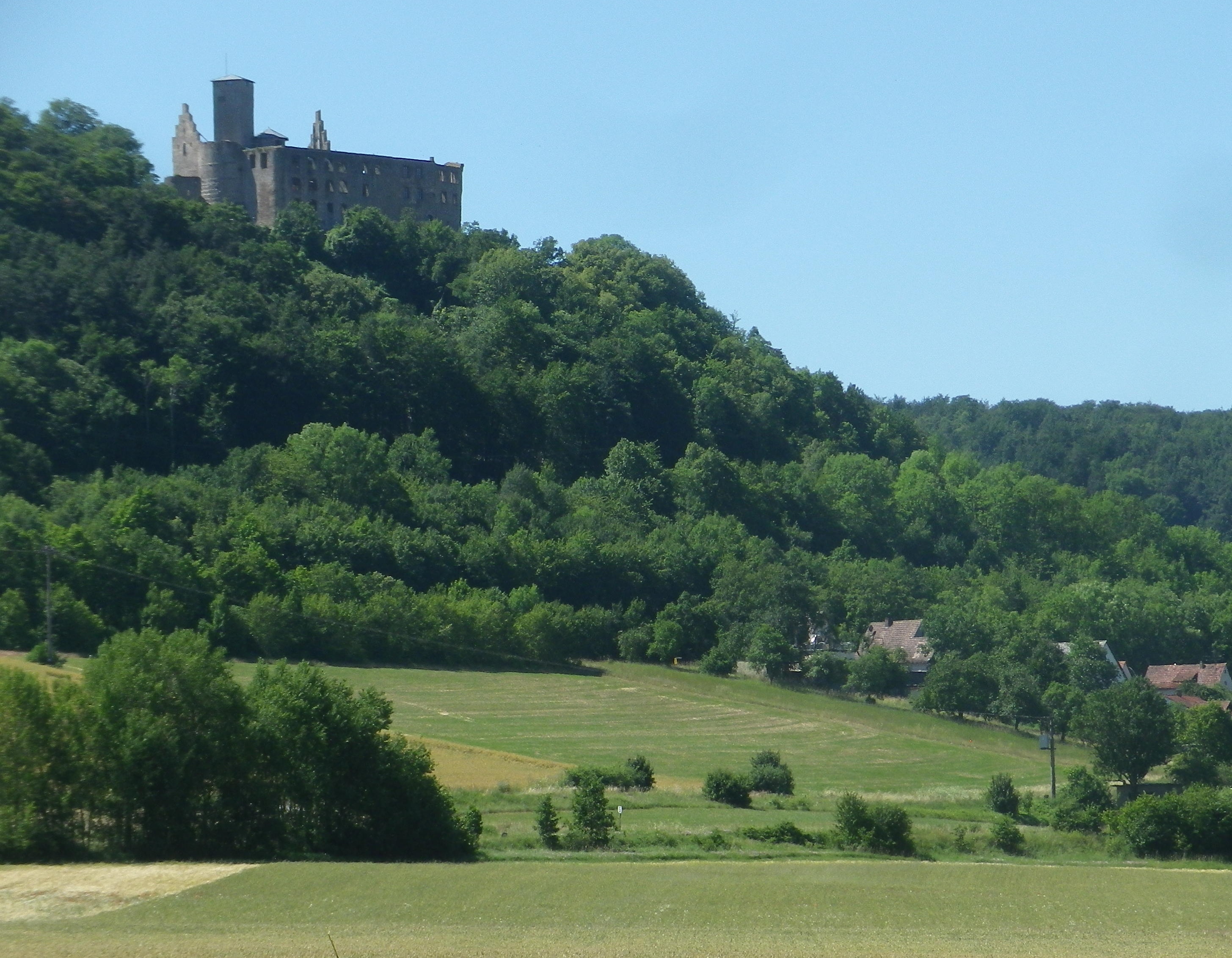
Before I knew it, I rode into Hammelburg, center for viticulture in this area. This town has a history of wine making which goes back centuries, in part due to the old abbeys. The vineyards on the hills loom over the town to the north. To the west lie the final vineyards of this wine-producing area of northern Franconia. They are in the hills above the city districts of Obereschenbach and Untereschenbach , my end destination, which was between the two sets of vineyards. While they are overseen by another picturesque castle ruin, they are not overlooked by lovers of Franconian wine!
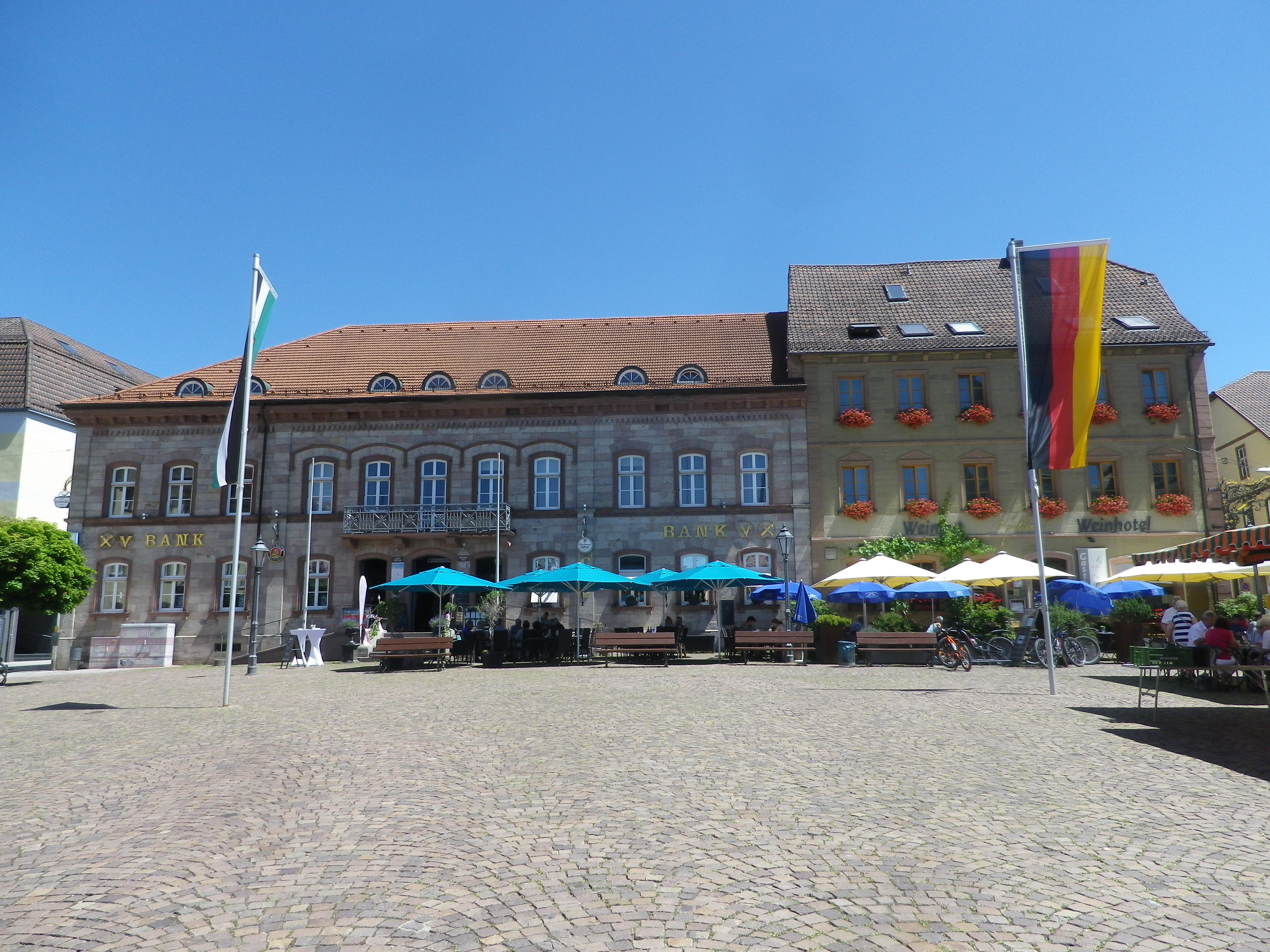
Wine Notes: Franconian Saale
What I Learned
The Maindreieck is a triangle of land surrounded on three sides by the Main River. The Main is a tributary to the Rhine. The river makes three dramatic curves close to the heart of Franconia, forming this “peninsula,” this triangle of land surrounded by the river as a paragon of viticulture in south central Germany.
While the riverine wine towns and villages form the most well-defined area of the Maindreieck wine district, i.e., Wuerzburg, Randersacker, Sommerhausen, Volkach, there are two lesser known wine-producing areas in this district. Both of them follow along valleys with smaller rivers, the Wern and the Fraenkische Saale. These two are tributaries entering the Main River at Schweinfurt and Gmuenden am Main respectively.
Bavaria’s northern most vineyards lie along the Fraenkische Saale – a river flowing from close to the Bavaria – Thuringen border to the Main by Gemuenden am Main. In wine speak, that would be from the Maindreieck border to the Mainviereck border in the Franconian Wine Region.
The wines produced along the Fraenkische Saale and its tributaries are the northern-most wine-producing area in Franconian Bavaria. The town of Hammelburg is known as Franconia’s oldest wine town. In 777, Charlemagne, who held a small fortress settlement on this site, donated the site and its lands to the Abbey of Fulda, some 40 miles north. Wine production for the abbey, founded about 30 years earlier, used the south facing, limestone-based slopes, overlooking the Fraenkische Saale, to grow grapes for wine. Over time, grapes also grew in neighboring settlements, and up side valleys. The Abbey built a cellar-palace, which the abbot used as a summer residence. At its height in the 18th century, the cellar stored almost three-quarters of a million liters of wine. Today the complex belongs to the major Franconian cooperative GWF. However, there are also a dozen or so independent wineries. Overall, about 70 local farmers/viticulturists grow grapes for local wine production.
The major Franconian grape varietals grow in this sub-district. Not surprisingly, they are the hardy, cold-resistant varietals. listed below.
Silvaner: This varietal has been grown in the Franconia area since the 17th century, and is one of the more important varietals for this particular area. Many locals prefer it over Riesling. For more information on Silvaner, see Wine Notes: Franconia’s Silvaner here.
Mueller-Thurgau: This hybrid varietal is also known as Rivaner, and produces a light, fruity wine. In Franconia, it is currently more widely planted than Silvaner.
Riesling: Riesling wine is the most planted varietal in Germany, but less so in Franconia. Here, true to form, many Riesling wines take on a mineral flavor determined by the soil.
Bacchus, a Silvaner-Riesling cross with a Mueller Thurgau, has only been around as a wine for about 50 years, and has been especially successful in Franconia.
What I Tasted
2018 Bacchus, Halbtrocken, Q.b.A., Weingut Mueller (Hammelburg): An off-dry white wine with a medium golden gold color; a fruity nose, with citrus and hints of gooseberry, and with gooseberry, apricot, and slight lemon flavors; medium minus acidity, with a smooth finish.
2018 Silvaner, Trocken, Qualitaetswein, Weingut Neder (Ramsthal): A dry white wine with medium plus gold color; a nose of spice and green apple, with spice, green apple, citrus and slight floral flavors; medium acidity with a refreshing tart finish
2017 Silvaner, Hammelburger Heroldsberg, Trocken, Kabinett, Weingut Mueller: A dry white wine with medium lemon-yellow color; a slightly spicy nose, with green apple, spice and slight honey flavors; medium plus acidity with a tart medium length finish.
2017 Silvaner, Hammelburger Heroldsberg, Trocken, Kabinett, Weingut Mueller: A dry white wine with medium gold color; green apple and floral nose, with flavors of the same; medium acidity, with a tart finish.
Radwanderweg Fraenkische Saale: Trail in a Nutshell
Trail Name: Radwanderweg Fraenkische Saale
Trail Type: Long distance bicycle trail (much of it dedicated bicycle trail); well-maintained and diverse surfaces from paved to crushed stone, fairly good marking along the trail.
Length:
Total – circa 127 kilometers/79 miles
My Stage: circa 28 kilometers (See Comments below)
Convenient to: Bad Kissingen, Gmuenden, Franconia, Germany
Marking: Blue background with white letters “Saale”
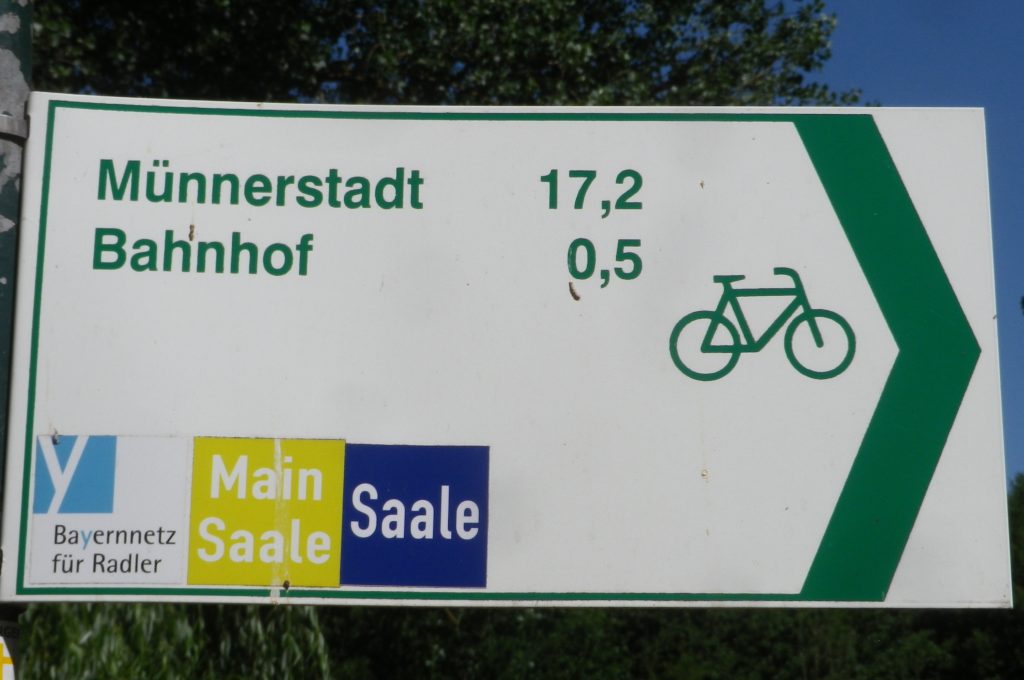
Trail Description: Fairly flat, with the inclines due to small spurs of more distant ridges, this quiet trail indeed follows mostly along the river, and through some of the riverside towns and villages, which make for great stops along the way.
Trailheads:
All Stages: -Trappstadt-Alsleben // Gmuenden am Main
My Stage: Bad Kissingen, In der Au x Bismarkstr // Diebach, Reuthweg
Parking (My stage only):
Bad Kissingen:
In der Au, dozens of perpendicular parking spaces along the lane; Costs one Euro per day/Four Euros for the week.
Maxstr, Parkplatz Tattersall is a large, improved lot, but costs more per day.
Diebach: Obertor, large unimproved area in a field (by parking sign at the eastern edge of town)
Public Transportation Options:
Rail: DeutscheBahn serves Hammelburg and Bad Kissingen with small stations in most of the towns mentioned in the trail itinerary below.
Bus: HOB Bus lines 8165, 8141
Suggested Stages: Not applicable for my stage
Trail Itinerary-Reference Points: (My stage only – heading downriver)
Bad Kissingen: Bismarkstr, Lindesmuhlpromenade (an alternate path through the park), Oskar von Miller Str, Im Lindes, past water treatment plant, parallel Iringstr; into forest, along the river, cross the Lollbach, parallels B287; Euerdorf: Ringstr, Kissingerstr, Gerbergasse, path along the river, parallel Auraerstr, Ara: Hauptstr, Trimbergerweg; Trimberg: Quellenstr, Hugo-von-Trimberg-Str-Brueckenstr; Elfershausen: Pass Elfershausen-Trimberg train station, August-Ullrich-Str, Marktstr, Langendorfer Str, cross river; Pass under A7, parallel river; Langendorf: Hauptstr, Westheimerstr, cross river; Westheim: Grenzstr, path left to cross river (two times in about 500 meters); Hammelburg: Pass Hammelburg Ost train station, An der Walkmuehle, Kissinger Str, straight at circle, continue, Am Marktplatz, Bahnhofstr, Saaletalstr, then cross tracks and follow parallel path;
Representative Trail Photos:
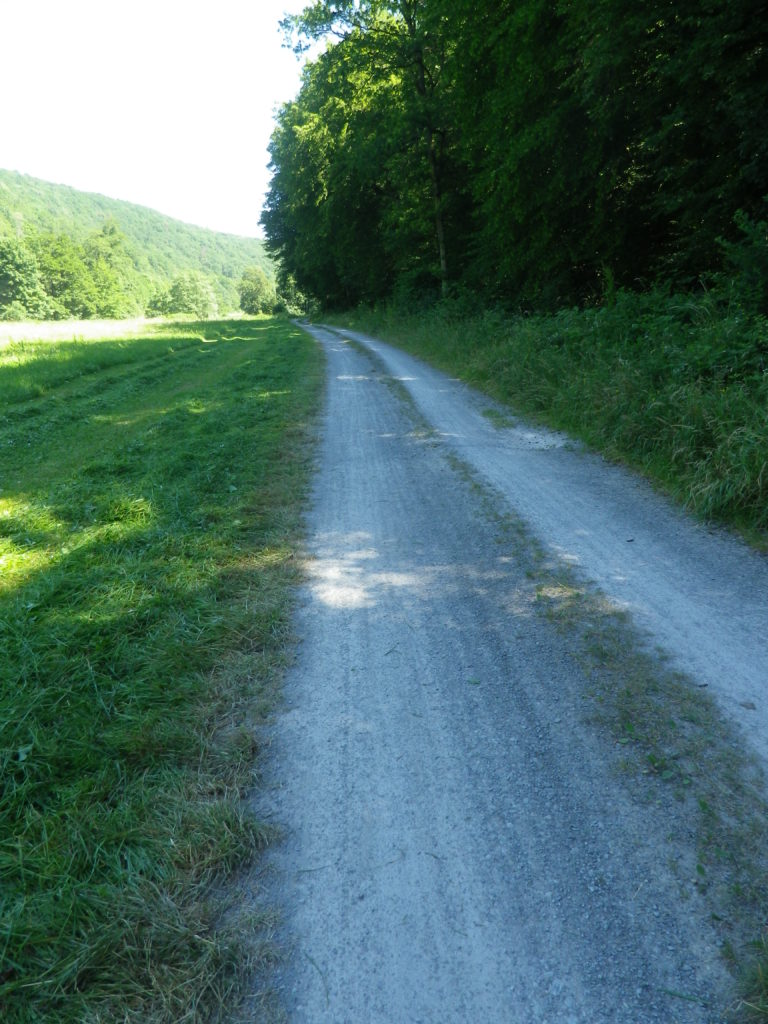
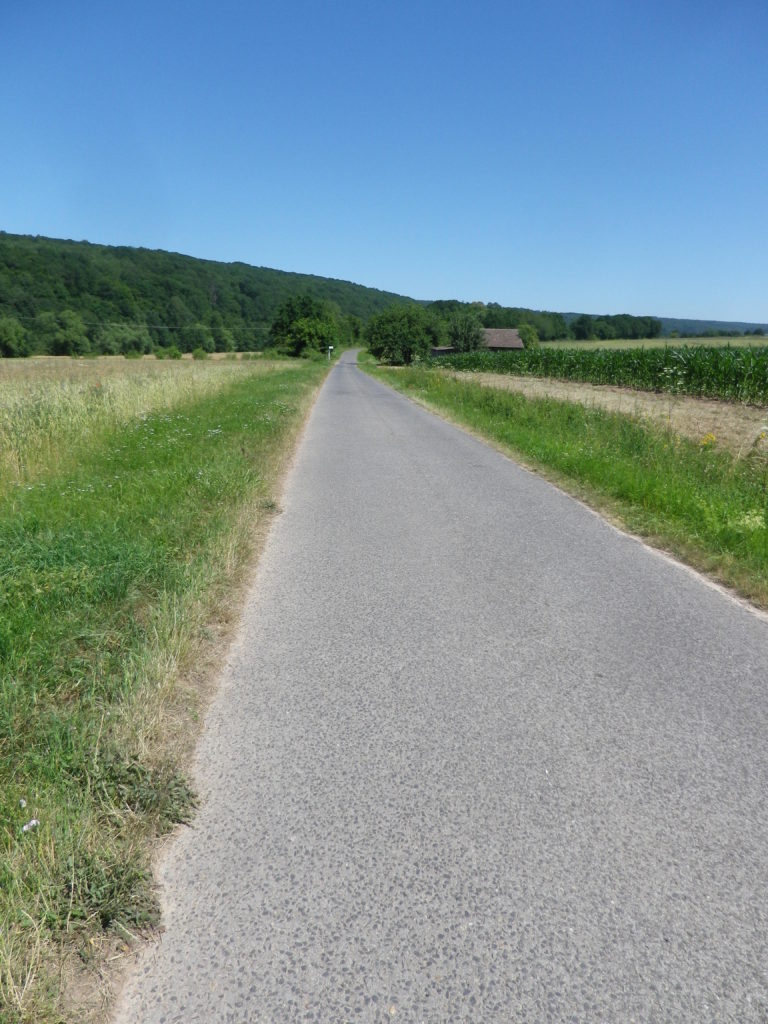
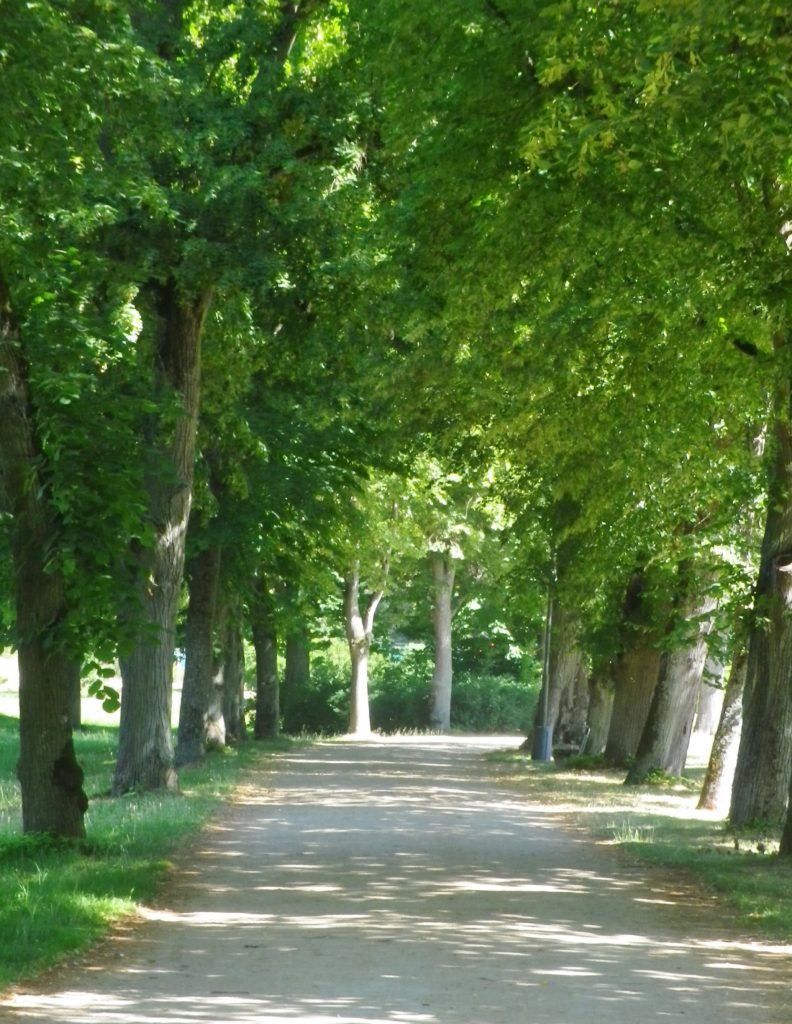
Restrooms (My stage only):
Bad Kissingen: Am Kurgarten, in the Arkadenbau (arcaded building)
Elfershausen: Schlossstr x Marktstr, at the Community Center, in an outbuilding facing the courtyard
Hammelburg: Marktplatz, on the side of the Rathaus
Attractions on or near Trail (My stage only):
Hammelburg:
Kellereischloss: Historic wine cellar, with wines on offer weekly, usually Friday evenings
Museum Herrenmuehle details the history of wine-making in this area, and with its other emphasis on bread-making, from grain to final product. A recent new exhibition combines these two items under the theme: Bread and Wine.
Tasting along the Trail (My stage only):
Hammelburg: Weingut/Hotel/Restaurant Mueller; Weingut Schloss Saaleck, Kellereischloss (see above), right on the trail; several small wineries on the outskirts of town
Ramsthal: A couple of wineries in town. (Ramsthal is about three kilometers from the river trail.)
Bad Kissingen: No wineries, but lots of wine taverns and local wine selections at the many restaurants.
Alternative Options (My stage (and wine-themed) only):
Hiking:
Rundweg Hammelburg 9: A seven-kilometer trail beginning in Hammelburg, passing in about equal parts through vineyards and forest, with beautiful views all around.
Wein und Stein trail, from Euerdorf to Bad Kissingen, a 12 kilometer-long, signposted trail of medium difficulty. See details in regional link below.
Ramsthal: The Ramsthal Weinerlebniswege: Three circuits around the town’s vine-bearing hills, ranging from the three kilometers-long Bacchus Rundweg, to the Schoppen Rundweg at 7.2 kilometers in length.
Additional Information:
Regional: https://www.frankens-saalestueck.de/weinland-franken/frankenwein-urlaub/index.html
Trail specific:
http://bay-rad.de/gpxrw/BfR_Radwanderweg_Fraenkische_Saale.gpx
Downriver only from Elfershausen to Hammelburg and Gemuenden am Main:
Comments:
The trail along the Fraenkische Saale is long, but I focused only on the vineyard part of it: from south of Bad Kissingen to just west of Hammelburg (Stadtteil Untereschenbach).
This trail connects with the Main Radweg, the Main River Bicycle Trail, leading to the Rhine by Mainz, from which point it is possible to follow the Rhine Bicycle Trail. For details on part of each trail, see the Rhine Nutshell here, and the Main Nutshell here.
Gallery April 2020
Spring is for Silvaner
I think Silvaner is a perfect spring wine. Slightly cooled, it has ripe stone fruit and fresh green grass/herbaceous flavors with a hint of minerality, and a fuller mouthfeel than Riesling but with less acidity. Perfect for sunny but cool days when a Riesling’s bracing acidity could bring a chilly versus a warm sensation overall.
A combination of warm, sunny Spring weather and a hiking itinerary in homage to Silvaner lured me to Eisenheim in Franconia’s Maindreieck district, where Silvaner first made its official appearance in Germany in 1659. Fortunately, Eisenheim’s riverside location is great not just for vines, but also for hikes.
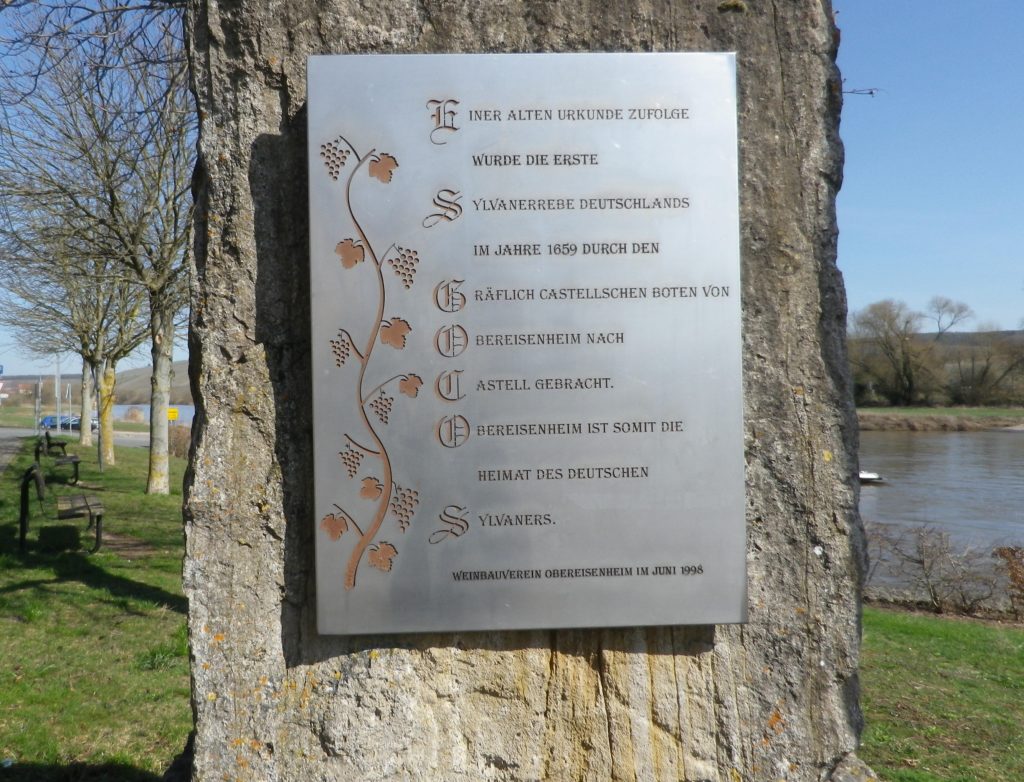
Beginning at the edge of the Main River, flowing slowly but inexorably along gentle green banks, the itinerary crossed the famous Main bicycle trail. In addition to hiking, this area is also ideal for bicyclists. Those who enjoy easy, leisurely itineraries will love the Main Bicycle (Main Radweg) trail, one of the favorites in Germany. Those who prefer a more challenging rides will follow one of several trails uphill, as did my hiking itinerary. The Silvaner Erlebnis trail leads through the quiet village, before entering into the vineyards. Soon, I was hiking over a hill and into a dale, amongst hectares and hectares (acres and acres) of vines that give the trail its name. Along the way, occasional signboards (only in German though) provide information on Silvaner, and the viticultural and vinicultural aspects of wine-making here.
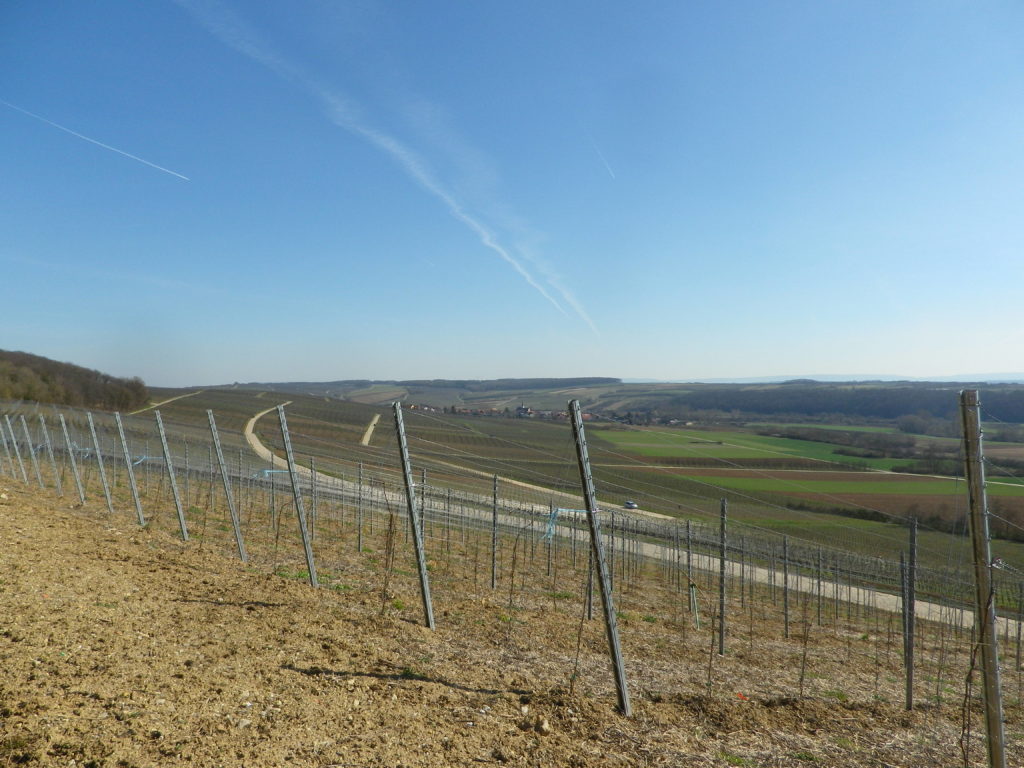
Once I finished the final, gentle ascent, I had my first glimpse of the Main River and the Steigerwald mountains. The trail proceeded along the tree-line paralleling the top of the ridgeline. I was glad it was early spring, because there was very little shade, and except for one tiny spot, I found myself entirely in the sun. The trail made its way through the south-facing vineyards, heading downriver. The twists and turns of the path offered different perspectives on the river and distant mountains.
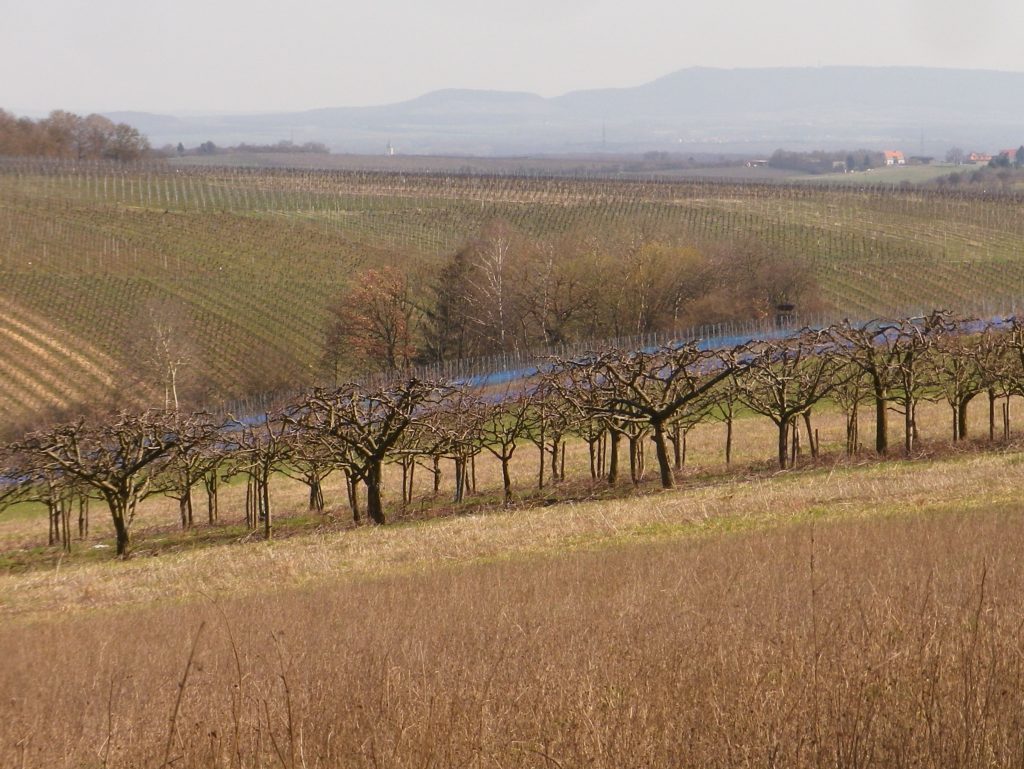
Soon the village of Untereisenheim came into view. The Weingut Hirn provides a unique and colorful visual cue. The winery’s main building is a Hundertwasser-esque building, a whimsical creation that invites comparisons between Gaudi’s Sagrada Familia basilica in Barcelona, and the Hundertwasser House in Vienna. The winery is open to the public, which gives visitors a chance to admire the building up close, and taste some excellent wine as well!
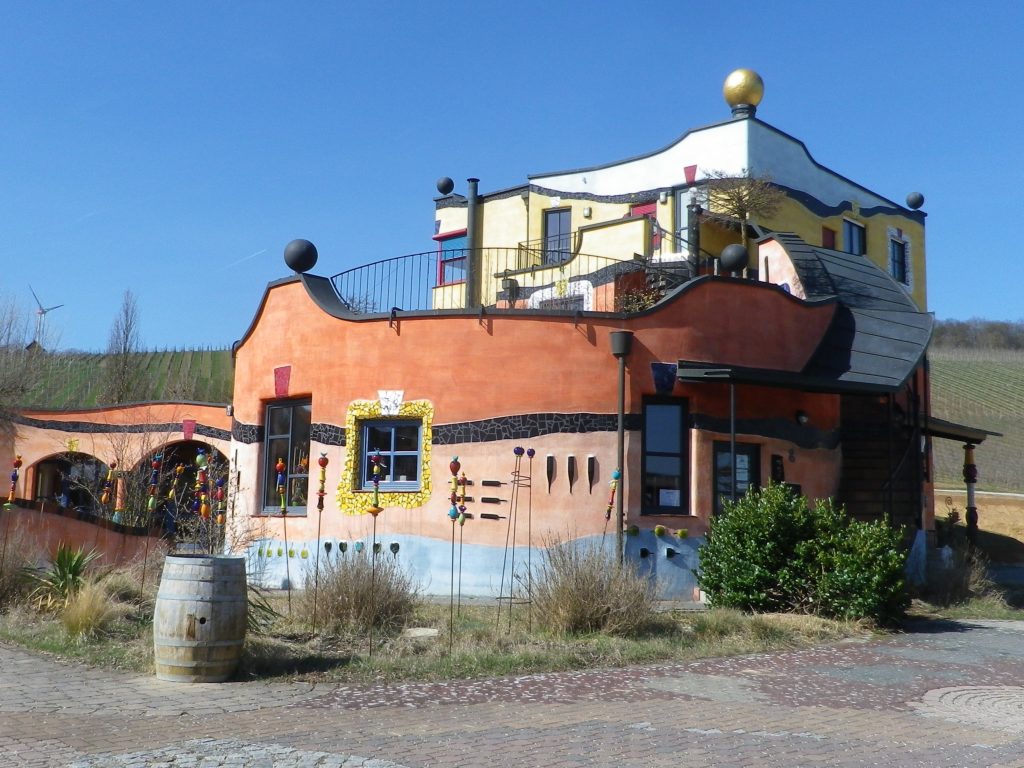
From Untereisenheim, the trail headed through the lower vineyards back to Obereisenheim. Benches along the way invite hikers to relax and take in the views. Peace and quiet predominate here, and a spell on a bench here and there, with friends and a glass of wine, add to the enjoyment of it all! Zum Wohl!
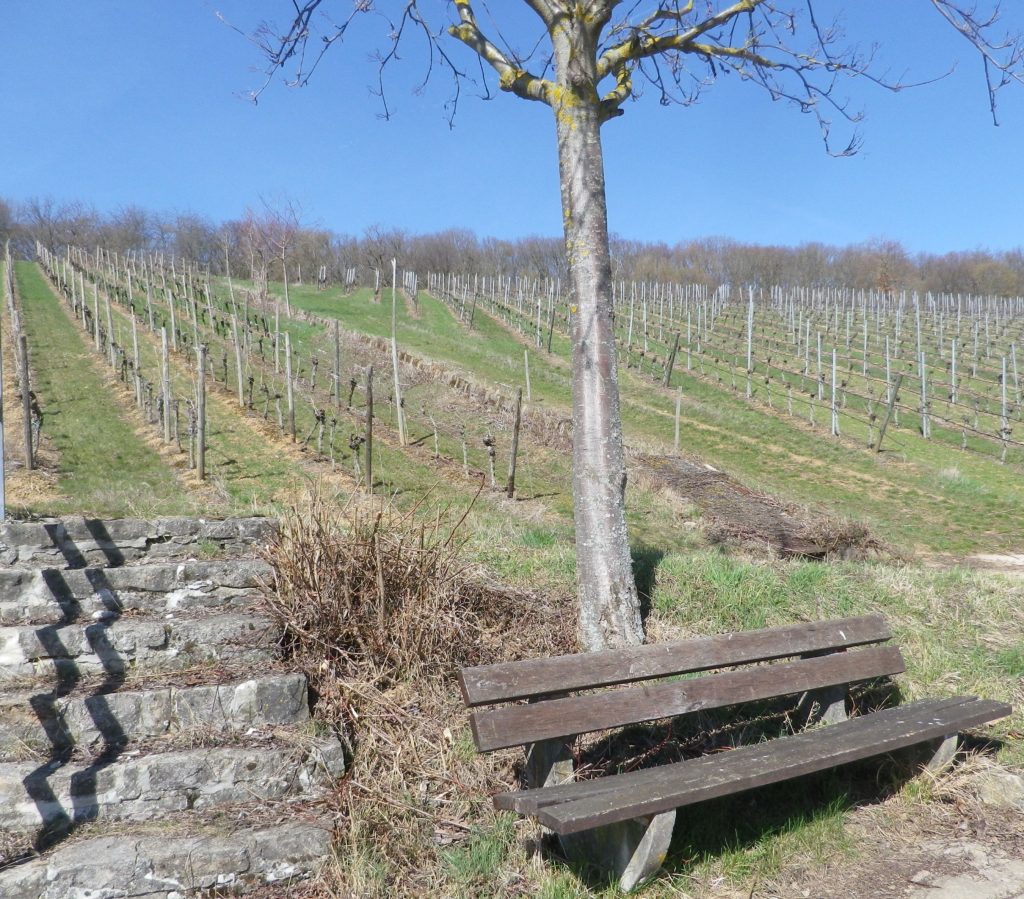
Wine Notes: Franconia’s Silvaner
What I Learned
Along the Main River in Franconia (Franken, in German), there are three wine districts of good repute: Maindreieck, Mainviereck, and the Steigerwald. This post focuses on the Maindreieck district only.
The Main, flowing basically from east to west, is a tributary to the Rhine River. The river makes three consecutive and dramatic curves close to the heart of Franconia, essentially going from east-west, to north-south, then south-north by Ochsenfurt, before curving roughly east-west again. The Maindreieck is thus a triangle (Dreieck) of land surrounded on three sides by the Main River. This area has become a paragon of viticulture in south central Germany. The most important and undoubtedly best-known town for wine culture in this area is Wuerzburg.
In Franconia, Riesling is not king, as it is in many other wine-growing regions of Germany. Silvaner plays that role here. In fact, it is one of the most important varietals for this particular area. Known officially in Germany as the Gruener Silvaner (Green Silvaner), genetically-speaking it is the same varietal as the less widely spread Blauer and Roter (blue and red) Silvaner mutations. Franconian vintners have grown Silvaner since the 17th century. Like the river, it came to Germany from the east, Austria, and moved westward, as far as the Rhein-Hessen wine region. It now grows even in the United States. The first definitive reference to it in Germany occurred in Eisenheim (location of a “Silvaner” trail), thus this small Franconian village is known as its German birthplace.
Many locals prefer Silvaner over Riesling. I find it the perfect spring-time wine. Slightly cooled, it has ripe stone fruit and fresh green grass/herbaceous flavors with a hint of minerality, with less acidity and a fuller mouthfeel than Riesling. Perfect for sunny but cool days when a Riesling’s bracing acidity could produce a chilly versus a warm overall sensation. Analogous to the season, it is usually produced to drink young, and those lucky enough to have a bottle of this wine should probably drink it within a couple of years.
What I Tasted
2017 Silvaner, Kabinett, Trocken, Praedikatswein, Weingut Hirn (Eisenheim): A dry white wine with medium minus white gold color, floral nose with a hint of spice; surprisingly neutral on the palette; smooth mouthfeel with medium acidity.
2017 Blauer Silvaner, Obereisenheim Hoell, Kabinett, Trocken Deutscher Praedikatswein, Weingut Kramer (Eisenheim): A dry white wine with medium minus gold; on the nose a spiciness reminiscent of cardamom, with floral, green wood, and spicy mustard flavors; medium plus acidity, with a full but tingly mouthfeel.
2015 Silvaner, Spaetlese, Grosse Gewaechs, Trocken, Praedikatswein, Weingut Hirn: A dry white wine with medium yellow gold color, spice cinnamon, vanilla, floral; cantaloupe, vanilla, apricot; medium acidity.
2016 Blauer Silvaner, Trocken, VDP Gutswein, Weingut Arnold (Randersacker): A dry white wine with medium gold color with a hint of rose; nose of red apple, vanilla and spice, with red apple, vanilla and slight toasted nuts flavors; smooth mouthfeel, medium plus acidity, but with a touch of honey after.
2016 Silvaner, Wuerzburger Schlossberg, VDP Erste Lage, Trocken, Staatlicher Hofkeller Wuerzburg: A dry white wine with rich yellow gold color; with green apple nose, and a spicy, green apple flavor; medium acidity with a smooth, crisp finish.
Silvaner Erlebnisweg: Trail in a Nutshell
Trail Name: Silvaner Erlebnisweg
Trail Type: Short distance circuit trail; well-maintained and almost exclusively paved, marking on the trail good in most places
Length:
Total – 6.8 kilometers/4.25 miles
Convenient to: Volkach, or Kitzingen, Germany
Marking:
Look for two types.
Green hills, blue river and white ferry on a which square background.
White letter C on a square, red(dish) background (indicating where the Silvaner Erlebnisweg diverges from the principle or other trails).
Trail Description:
The trail leads through mostly unshaded vineyards situated on gently rolling terrain in the Maindreieck, on primarily agricultural service lanes. This easy hike affords ample opportunities to admire distant vistas over the Main River valley, and plenty of benches (and the occasional picnic table) from which to enjoy them.
Trailhead:
Obereisenheim – An der Mainau/Dorfstrasse
Parking:
Obereisenheim – An der Mainau
Public Transportation Options:
Bus: The Frankenbus 8110 services this area from Kitzingen and Volkach. Check VVM (Verkehrsverbund Mainfranken) and VGN (Verkehrsverbund Grossraum Nuernberg) websites for schedules and routes.
Suggested Stages:
Trail Itinerary-Reference Points: (Counterclockwise)
Obereisenheim: Hintergasse, Marktplatz, Wipfelderstr, Setzweg, Buehlweg, cross Schwanfelder Strasse; Vineyards; back across Schwanfelder Strasse; long vineyard loop (almost to Dipbacherstr); Hertleinsbergweg, Bergstr
Representative Trail Photos:
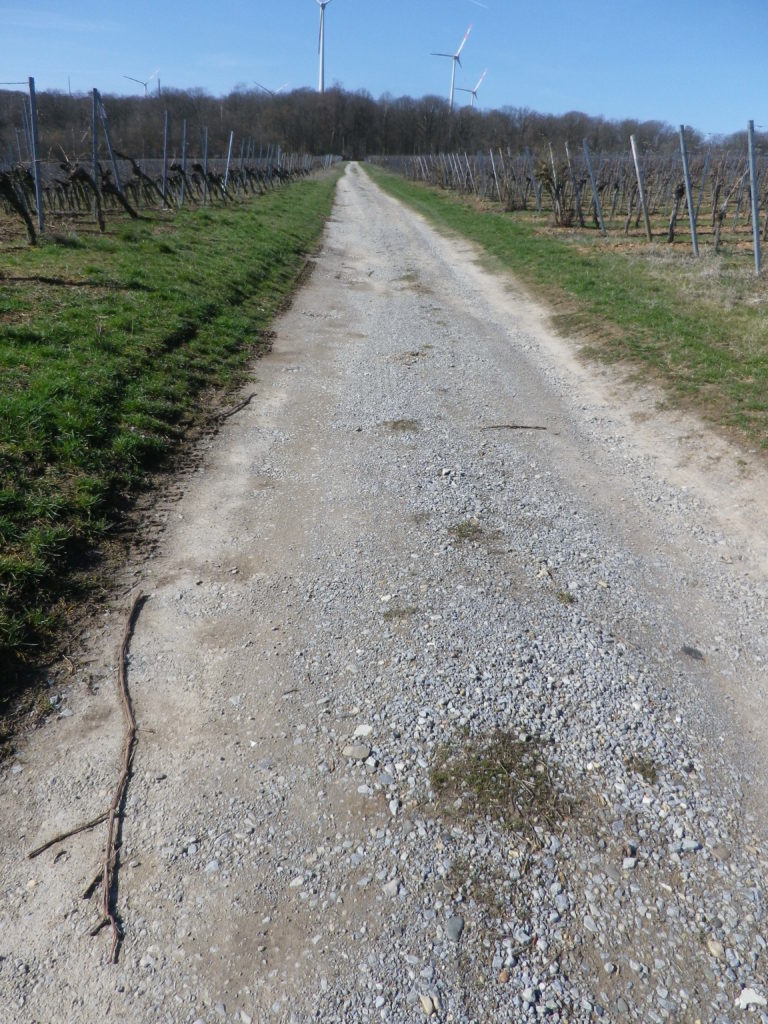
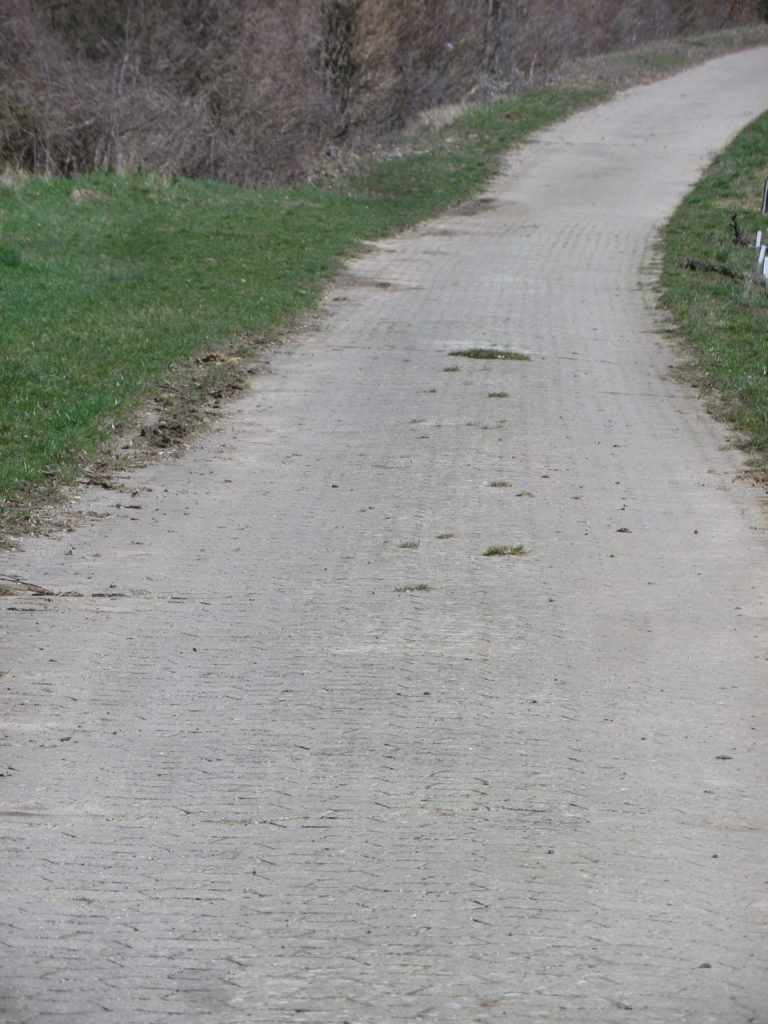
Restrooms:
None observed
Attractions on or near Trail:
WG Hirn is a winery designed in the Hundertwasser architectural style, and has acclaimed red and GG Silvaner wines!
Tasting along the Trail:
Weingut (WG) Jung, WG Schuler, WG Kramer, WG Reich, WG Ruegamer, in addition to WG Hirn, lie either directly on or near the trail.
Alternative Options:
Hiking: In nearby Fahr, the Obst-Wein-Main trail/Trail D circuit offers a short (3.5 kilometer) and a long (9.8 kilometer) version.
Biking: Eisenheim is on one of Germany’s favorite bike trails, the Main Radweg. Its itinerary follows mostly along the Main River for about 340 kilometers to the Rhine River at Wiesbaden, much of it on dedicated bike path. See the Nutshell here.
Additional Information:
Regional: https://www.frankentourismus.de/orte/eisenheim-169/
Trail specific: http://www.wandermap.net/de/route/3493744-silvaner-erlebnisweg-markt-eisenheim/#/z11/49.8300104,10.1214981/terrain
Comments:
The ferries at Obereisenheim and nearby Fahr make a fun three-minute Main River crossing for hikers and bikers in the area.
Gallery September 2019
Main Red Wine II
Completing the first three stages of the Fraenkischer Rotwein Wanderweg (Franconian Red Wine Trail), and breaking off at the train station in Erlenbach am Main, I intended to return to finish the trail. However, life intervened, and it took me a lot longer to return than anticipated. But the delay only heightened my desire to hike the rest of this itinerary, to see what lay hidden around the next curve.
